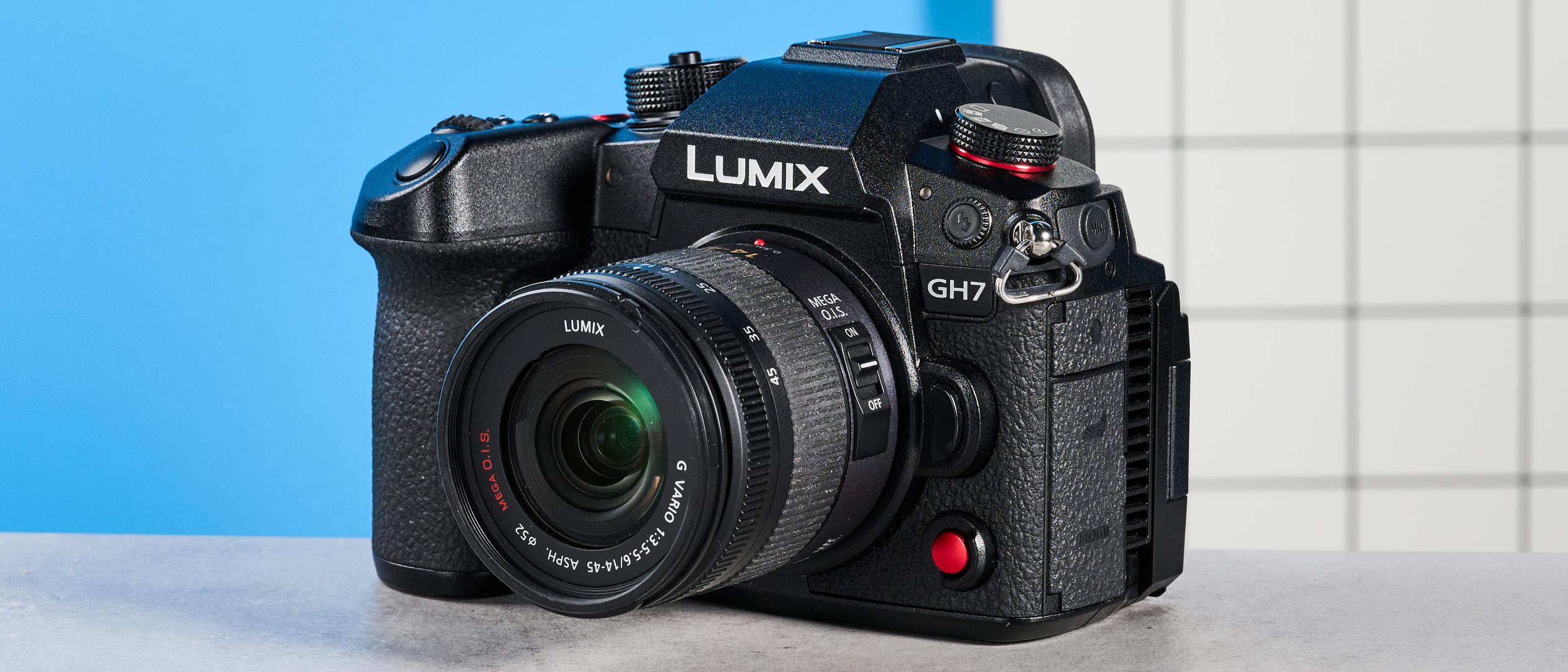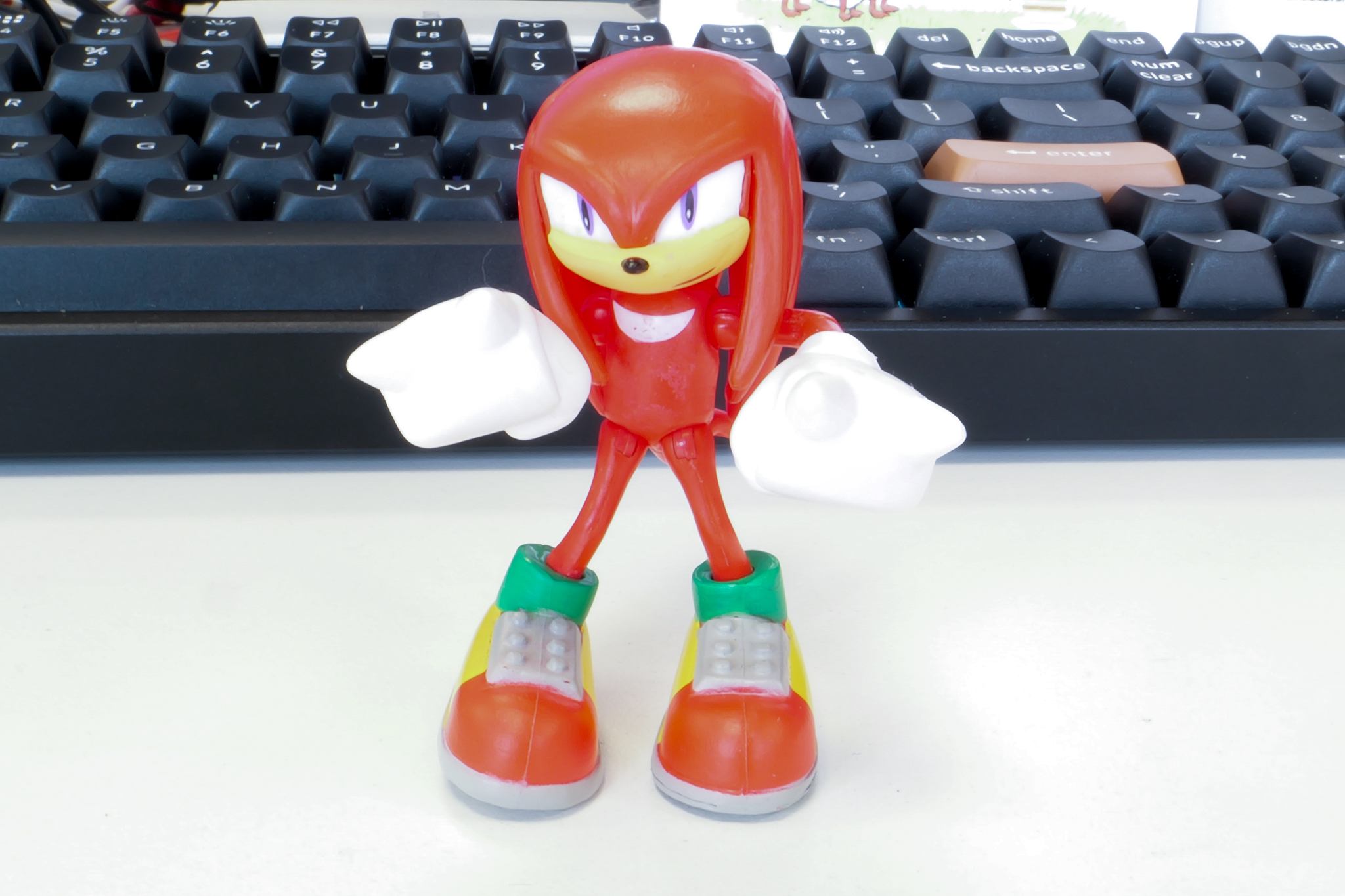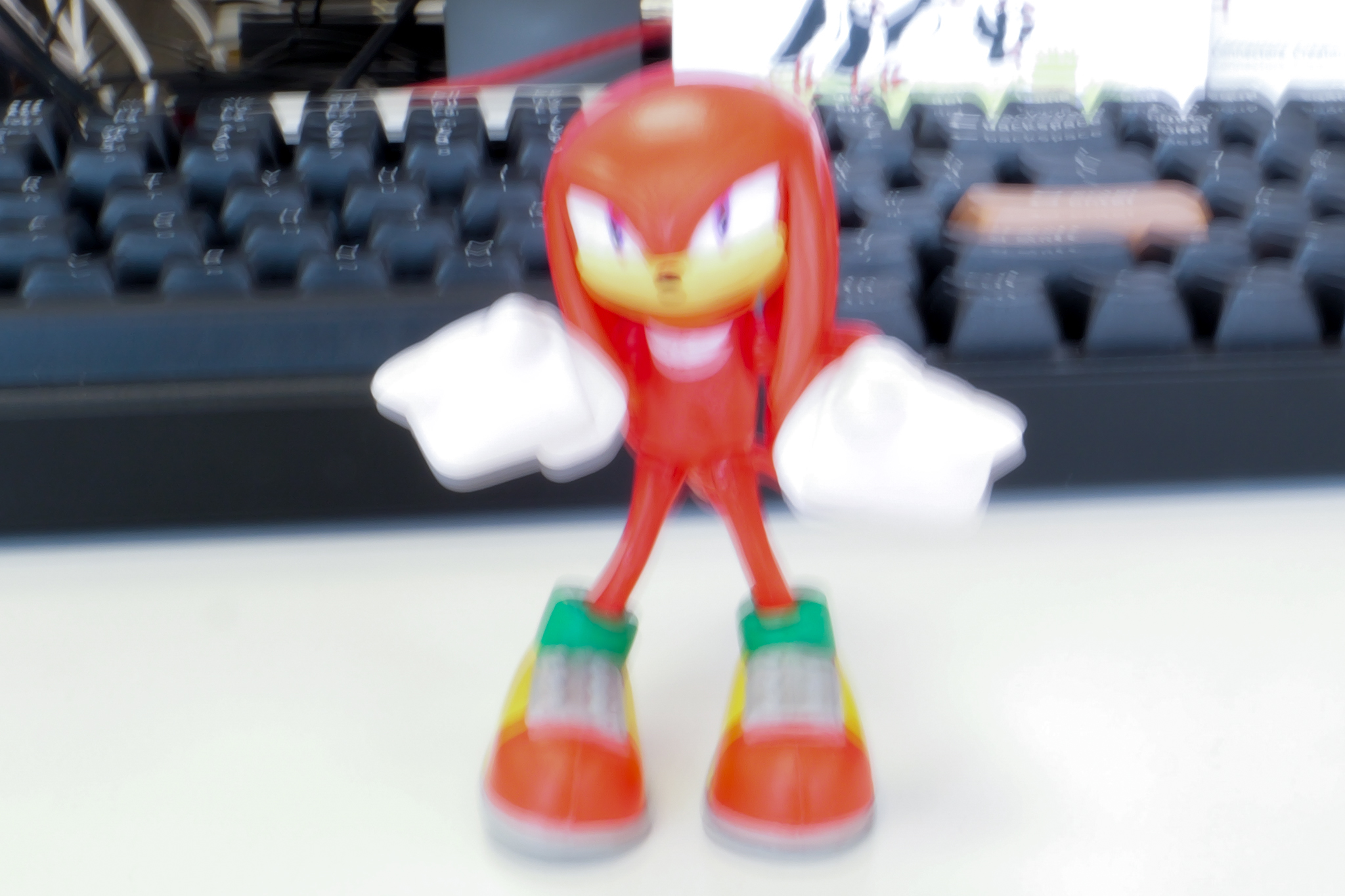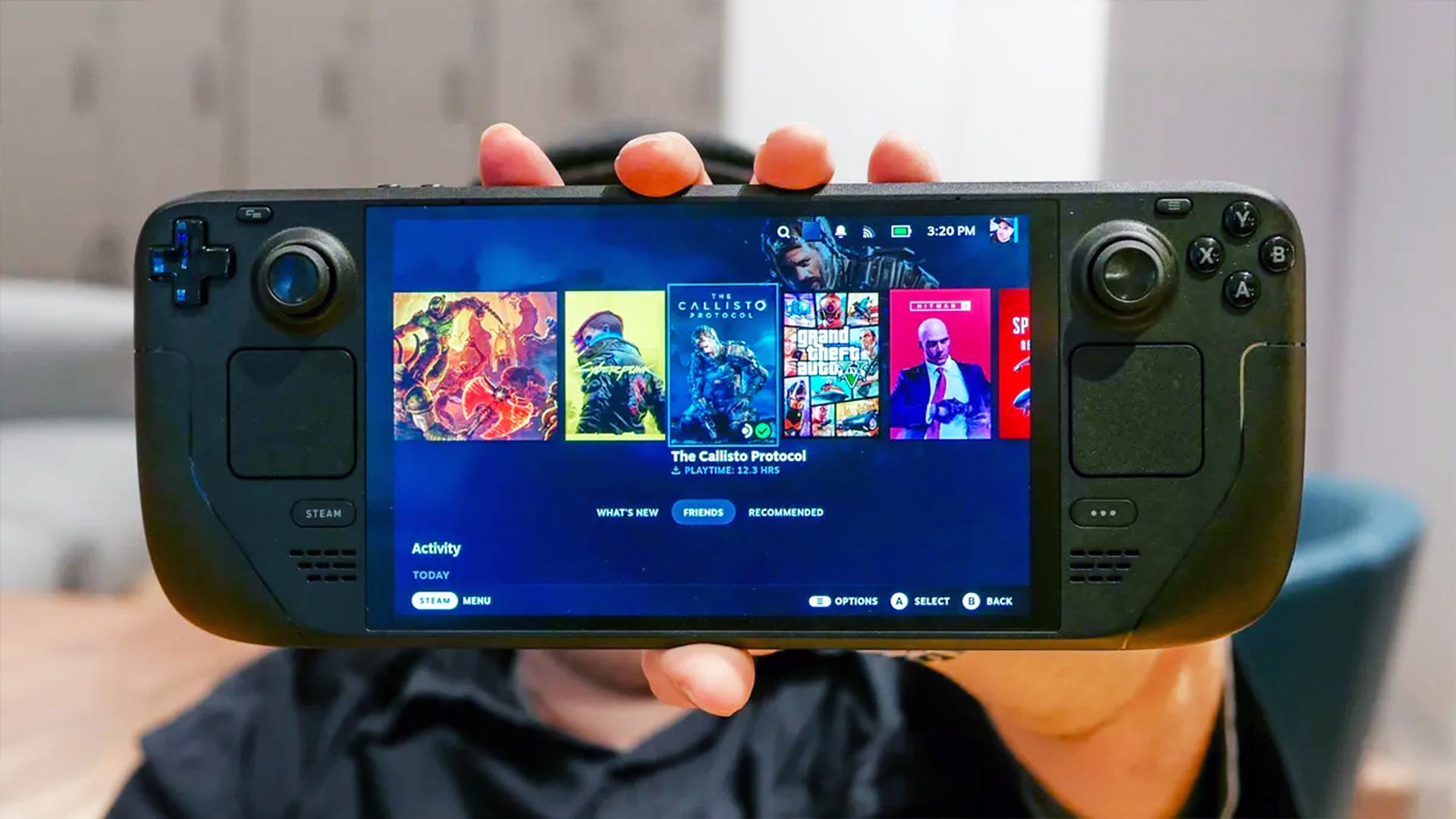Tom's Guide Verdict
The Panasonic Lumix GH7 is a video powerhouse, enabling you to record in 5.8K/30P, C4K, and 4K/120P or FHD/240P slow motion. You can record directly to an external SSD or livestream to YouTube, and the camera supports Apple ProRes RAW too. Stabilization works excellently in both photography and videography, and the Lumix GH7 uses an Intelligent Hybrid AF system unlike its predecessor. But the camera is a little bulky, its battery life is underwhelming, and noise is destructive at higher ISO values.
Pros
- +
Stable, smooth 5.8K and 4K video
- +
Rapid and improved AF
- +
No overheating
- +
CFExpress Type B support
- +
75fps electronic shutter for bursts
Cons
- -
A little bulky
- -
Mediocre battery life
- -
Noise is destructive at high ISO
Why you can trust Tom's Guide
Micro Four Thirds (M43) cameras are fantastic for videography thanks to their compact form and great handling. Few brands do M43 cameras better than Panasonic.
The Panasonic Lumix GH7 is a robust camera offering a plethora of recording resolutions, compression formats and bitrates. Alongside being able to shoot 5.8K/30P video, the Lumix GH7 one-ups its predecessor by introducing Apple ProRes RAW support and FHD/240P slow motion video.
Boasting best in class stabilization, the Lumix GH7 enables you to shoot at slow shutter speeds. It’s also compatible with CFExpress Type-B cards for faster read and write speeds. However, the camera is a little bulky, battery life is underwhelming, and noise is destructive at high ISO values.
To find out whether this is the best camera for you, read my full Panasonic Lumix GH7 review.
Panasonic Lumix GH7 review: Cheat sheet
- What is it? A Micro Four Thirds camera that records 5.8K/30P video
- Who is it for? For content creators and videographers who value quality and ease of use
- How much does it cost? The Panasonic Lumix GH7 is available for $2,199 / £1,999 (body only)
- What do we like? Stable and smooth 5.8K video, rapid Hybrid Autofocus, CFExpress Type-B support, the 75fps electronic shutter for bursts, and no periods of overheating
- What don’t we like? The camera is a little bulky, battery life is underwhelming, and noise is destructive at high ISO
Panasonic Lumix GH7 review: Specs
Specs | Panasonic Lumix GH7 |
|---|---|
Price | |
Sensor | 25.2MP Micro Four Thirds BSI CMOS |
Stabilization | 5-axis IBIS, up to 7.5-stops | DIS up to 7.5-stops |
AF system | Intelligent Hybrid AF (Phase + Contrast Detection) |
Focus modes | AFS (Single), AFC (Continuous), Manual Focus |
Viewfinder | OLED EVF, approx. 3.68 million dots |
Display | 3-inch Color Tilt free-angle touchscreen, approx. 1.84 million dots |
ISO range | 50-25,600 |
Max video resolution | 5.8K/30P, 5.7K/60P, 4.4K/60P, C4K/120P, FHD/240P |
Ports | USB-C, HDMI output, 3.5mm mic in and headphones out, 1x CFExpress Type B, 1x SD/SDHC/SDXC UHS-I/UHS-II/V90 |
Wireless/Bluetooth | Wi-Fi, Bluetooth |
Max shooting speed | 75fps electronic | 14fps mechanical |
Max shutter speed | 60s to 1/32,000s (stills, electronic) | 1/25s to 1/25,000s (video) |
Battery life (Stills, CIPA) | 330 shots, 750 shots (power saving, CFExpress) | 360 shots, 850 shots (power saving, SD) | 280 shots (USB-SSD) |
Battery life (Continuous 4K/60P, CIPA) | 90 minutes (CFExpress) | 90 minutes (SD) | 80 minutes (USB-SSD) |
Size | 5.45 x 3.95 x 3.92 inches |
Weight | 1.58lbs (body only) |
Panasonic Lumix GH7 review: Price & availability
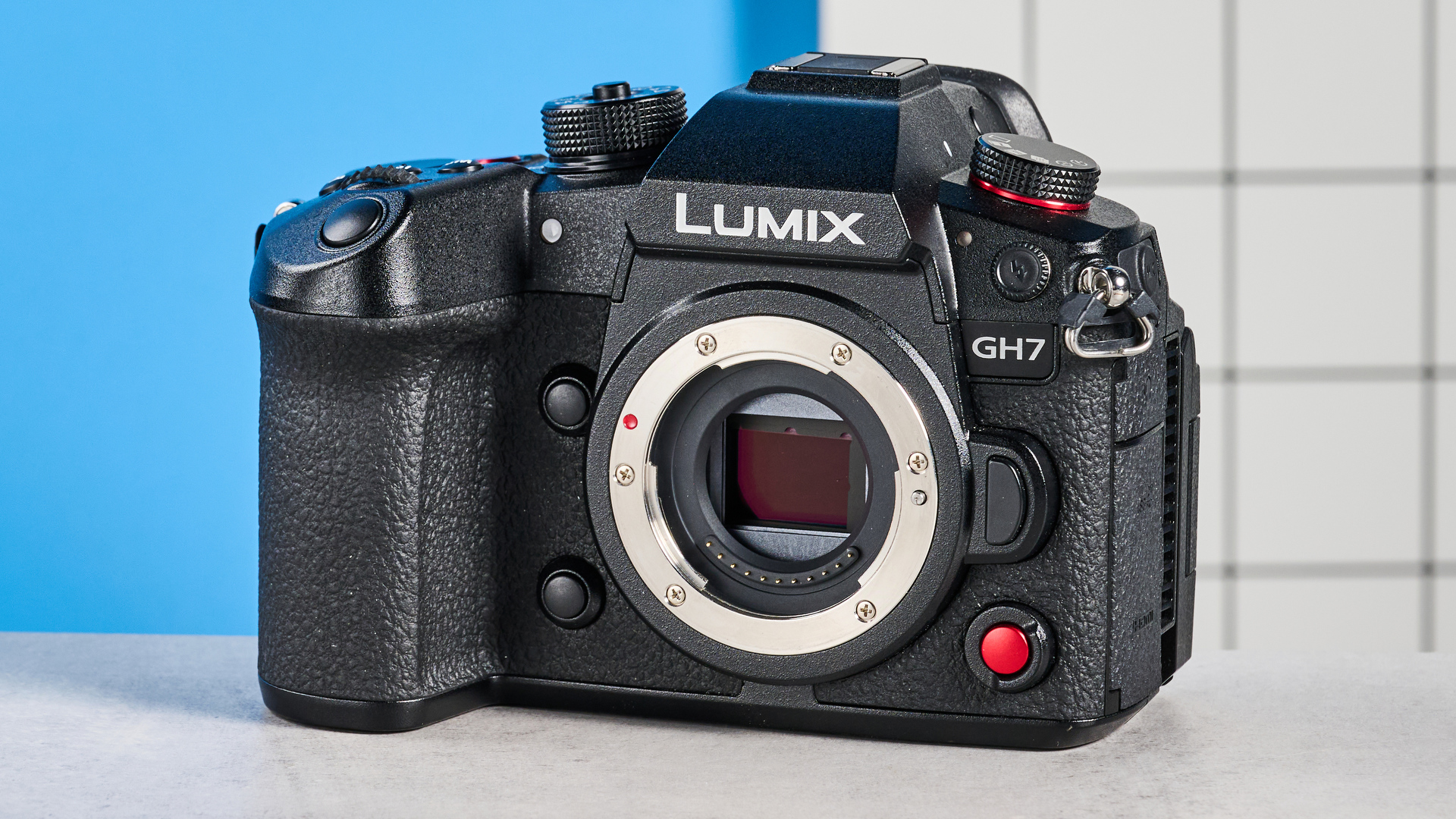
The Panasonic Lumix GH7 succeeds the Panasonic Lumix GH7, and is available for $2,199 / £1,999 at Amazon. I tested the camera with the Panasonic Leica DG Vario-Elmarit 12-60mm f/2.8-4 lens, which is available for $999 / £799 at Amazon.
The Lumix GH7 is priced similarly to the Panasonic Lumix G9II ($1,899). Although a Micro Four Thirds camera, it also takes the fight to larger sensor cameras too, finding itself competing with the full frame Panasonic Lumix S5IIX ($2,199) and the APS-C Sony a6700 ($1,400).
Panasonic Lumix GH7 review: Design
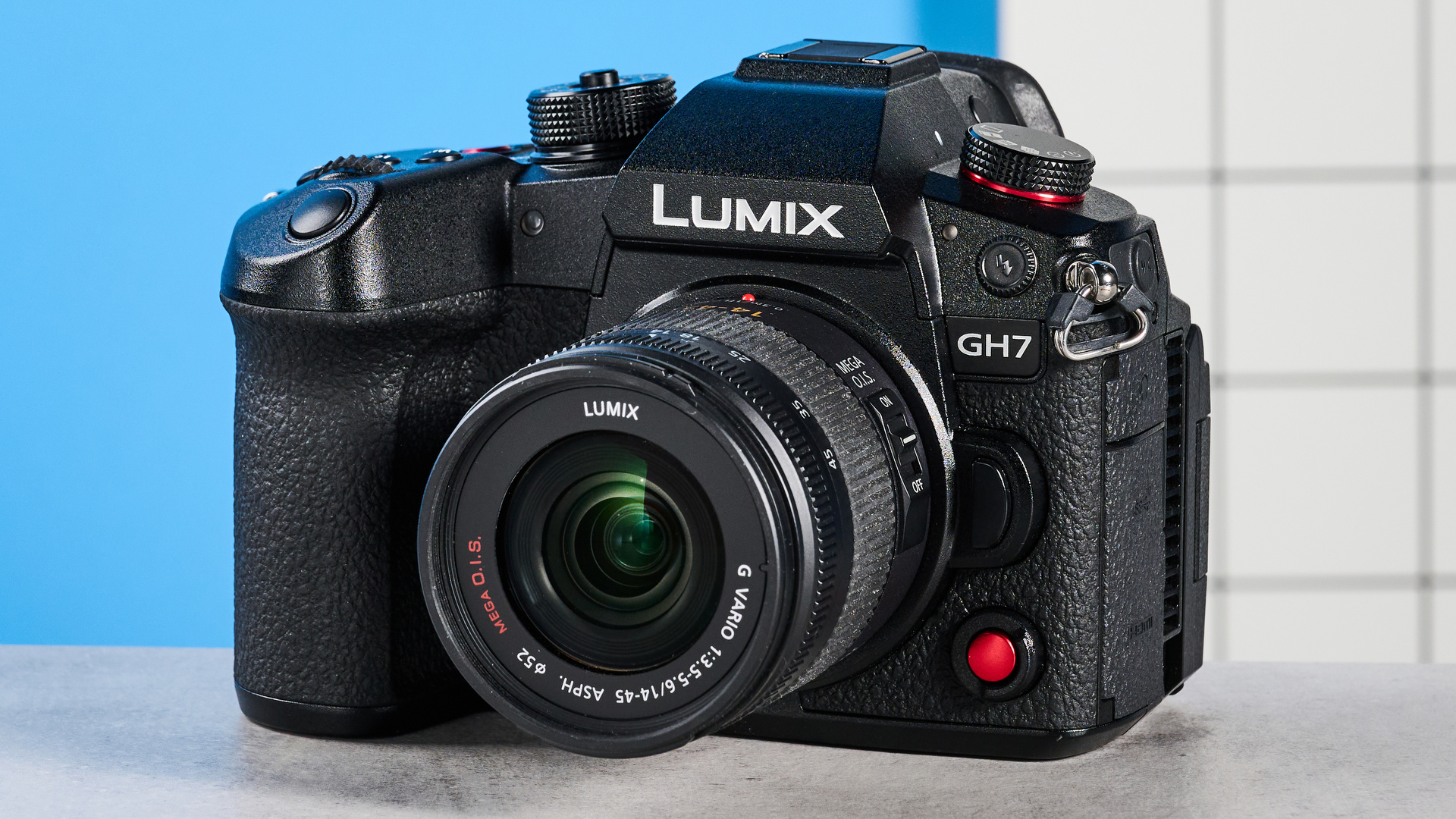
There aren’t many visual differences between the Panasonic Lumix GH7 and the Panasonic Lumix GH6. In fact, if you place both cameras side by side, the only dead giveaway would be the name tag on the front. Measuring 5.45 x 3.95 x 3.92 inches, both cameras share the same dimensions but the GH7 is a little lighter, weighing 1.58lbs versus 1.63lbs.
Get instant access to breaking news, the hottest reviews, great deals and helpful tips.
The Lumix GH7 is slightly heavier than some full frame cameras, like the Panasonic Lumix S5IIX (1.57lbs) but Micro Four Thirds lenses are usually lighter than those used by full frame cameras so you’re saving weight there.
While the Lumix GH7’s body is bulky, its protruding sculpted grip enables better handling, making it comfortable to hold the camera for long periods of time.
The bulky build also conceals a built-in cooling system, located behind the monitor, and it aids in the Lumix GH7 being able to record unlimited 4K/60P clips.
Ports
On the Lumix GH7’s bottom plate, you’ll find a battery compartment with a lock, which houses the DMW-BLK22 battery pack, and a standard tripod thread.
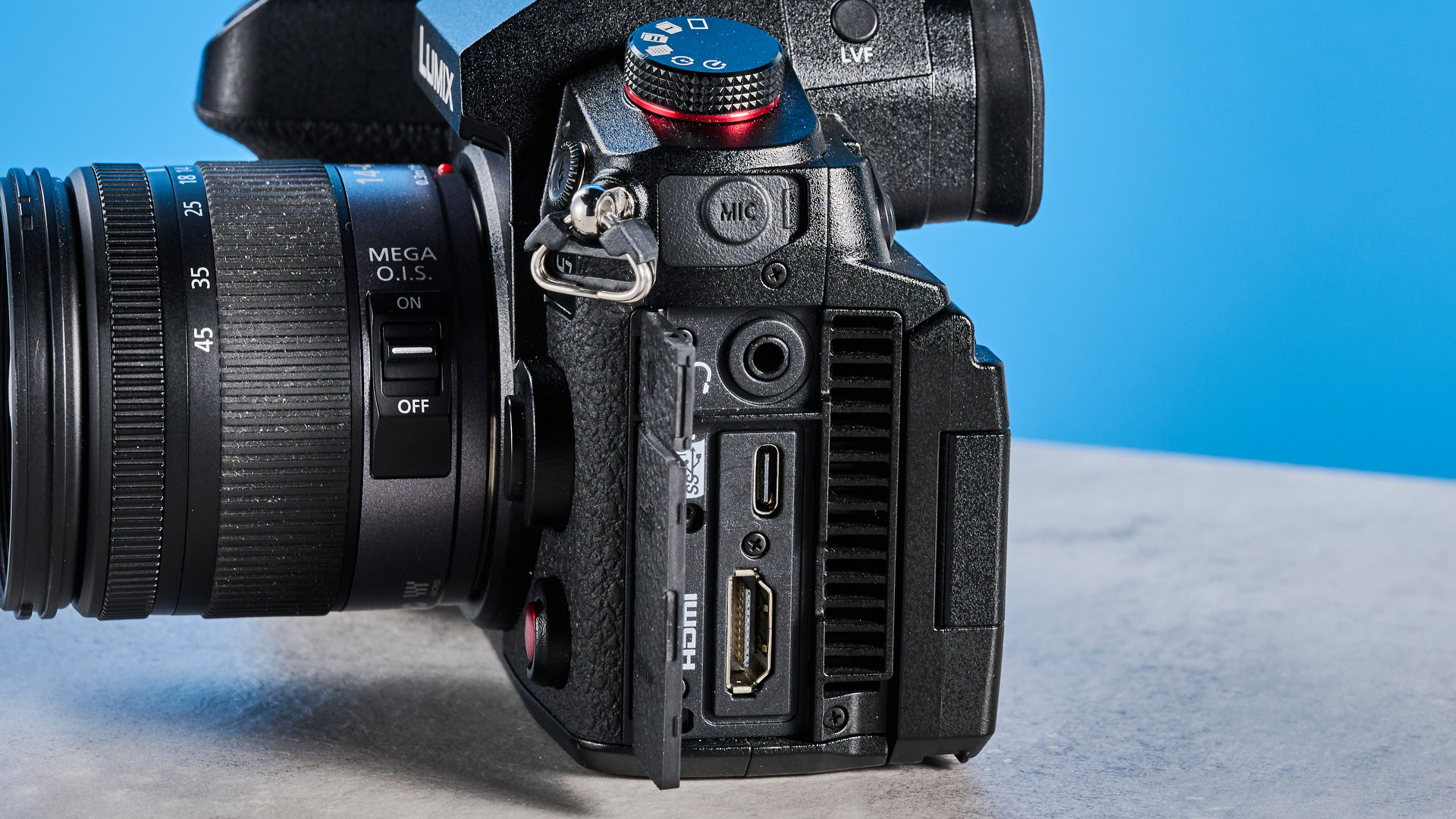
All other ports are located on the camera’s left edge. These include: USB-C for charging and data transfer, HDMI Type-A output, and 3.5mm mic in and headphones out jacks. The HDMI Type-A output is capable of recording 5.8K RAW video to an external recorder, while the USB-C port can record directly to an external SSD.
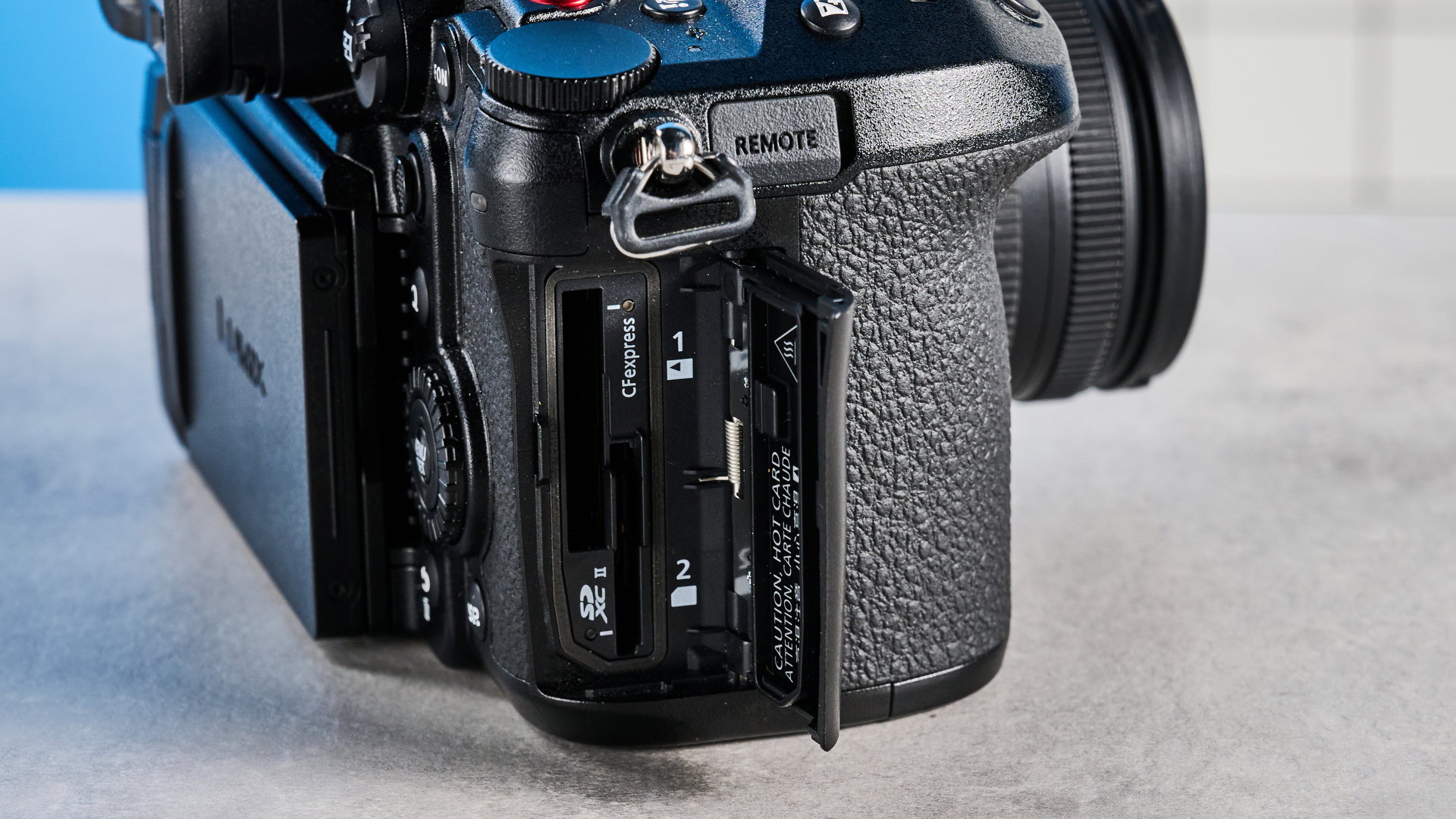
As you’d expect from a pro video camera, the Lumix GH7 has two card slots on the right edge: one for a CFExpress Type-B card and another for a UHS-II SD card. CFExpress cards allow for faster read and write speeds versus SD, so it’s worth investing in one for shooting video at high data capture rates internally.
Viewfinder
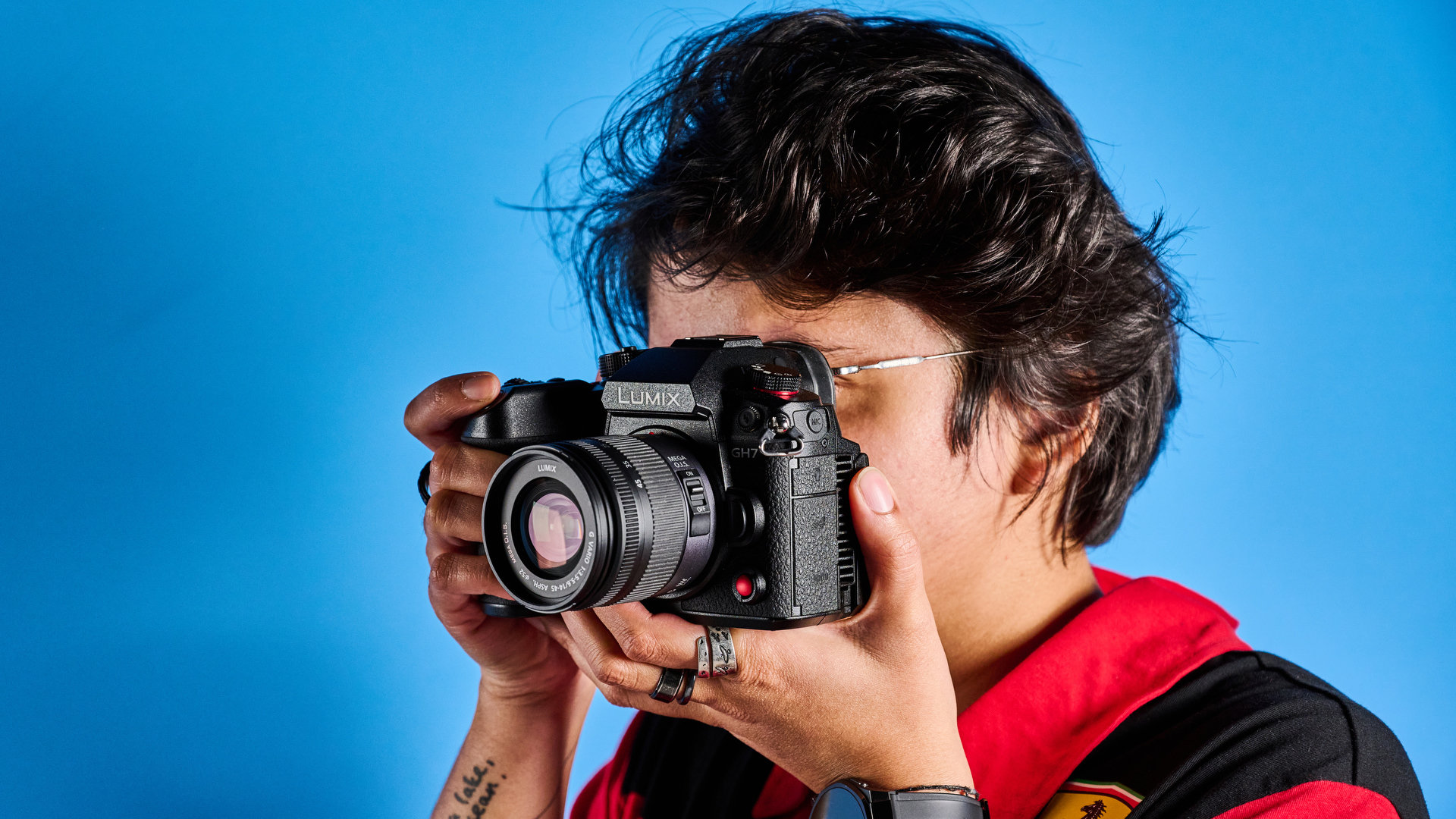
The Lumix GH7 is equipped with an OLED viewfinder with a resolution of approximately 3.68 million dots — the same resolution as its predecessor — and the viewfinder’s refresh rate can be set to either 120fps or 60fps. It’s bright and detailed and comfortable to look through, even while wearing prescription glasses.
Monitor
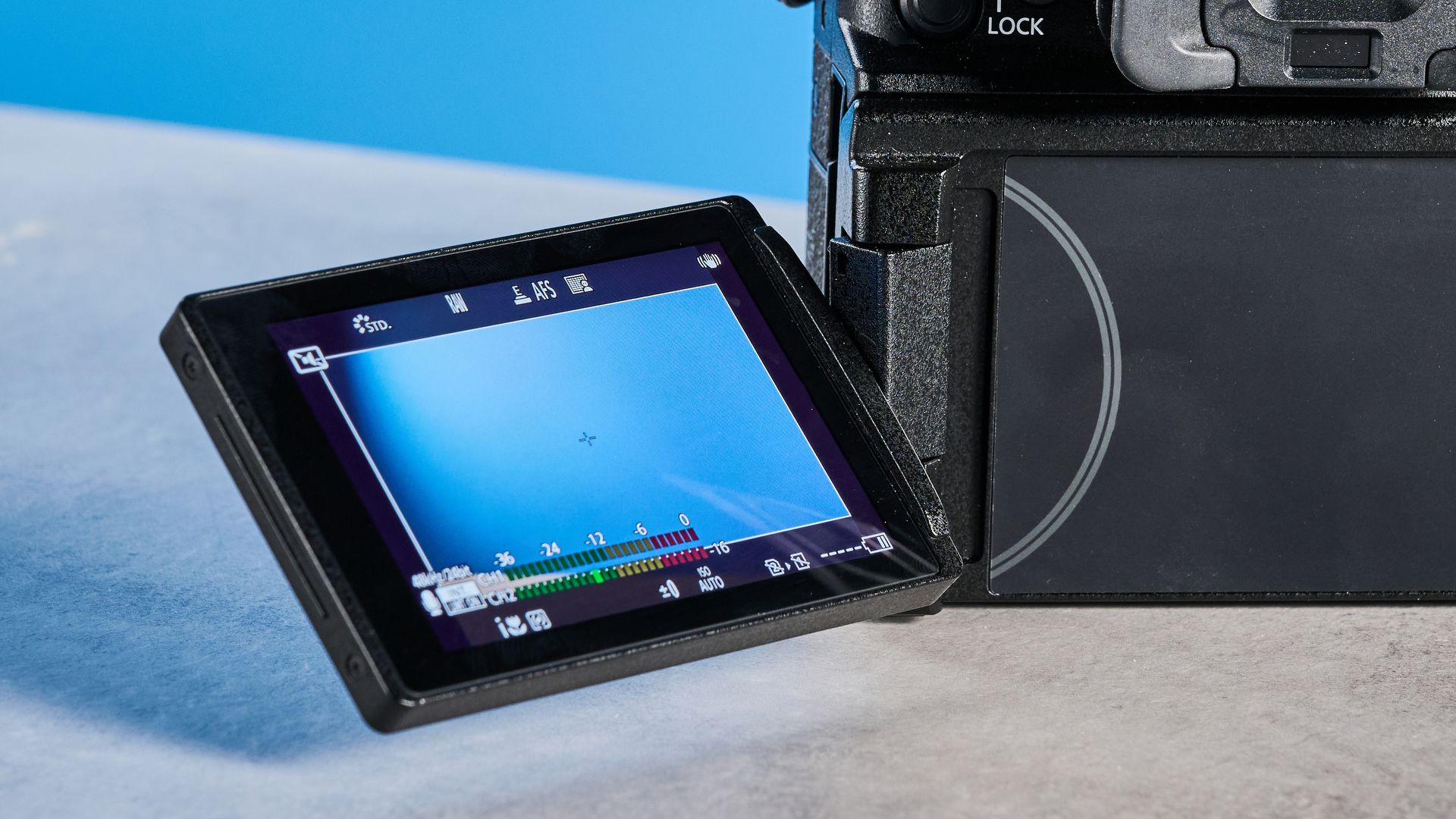
The Lumix GH7’s back panel houses the 3-inch Color Tilt free-angle touchscreen with a resolution of approximately 1.84 million dots. The Sony a6700’s display resolution stands at a modest 1.03 million dots, in comparison.
In my testing, I found the touchscreen highly responsive and bright enough to read even in sunny conditions. The Lumix GH7’s screen flips out and swivels and it features a two-stage tilting mechanism too — handy for shooting at low, overhead and other awkward angles.
Weather-sealing
The GH7 is a rugged camera and is fully weather-sealed against both rain and dust, so it can go anywhere with you, just like the Lumix S5IIX. Panasonic also says that the camera is freeze resistant to -10°C / 14°F.
Panasonic Lumix GH7 review: Controls
The Panasonic Lumix GH7’s boasts a great control setup. All of its buttons are well-placed and within easy reach, but it took me a while to familiarize myself with them as I’m more accustomed to shooting on Fujifilm and Canon.
The playback button threw me off the most as it’s located next to the viewfinder on the Lumix GH7 and not next to the navigation wheel. But once I knew where everything was, I was ready to start shooting.
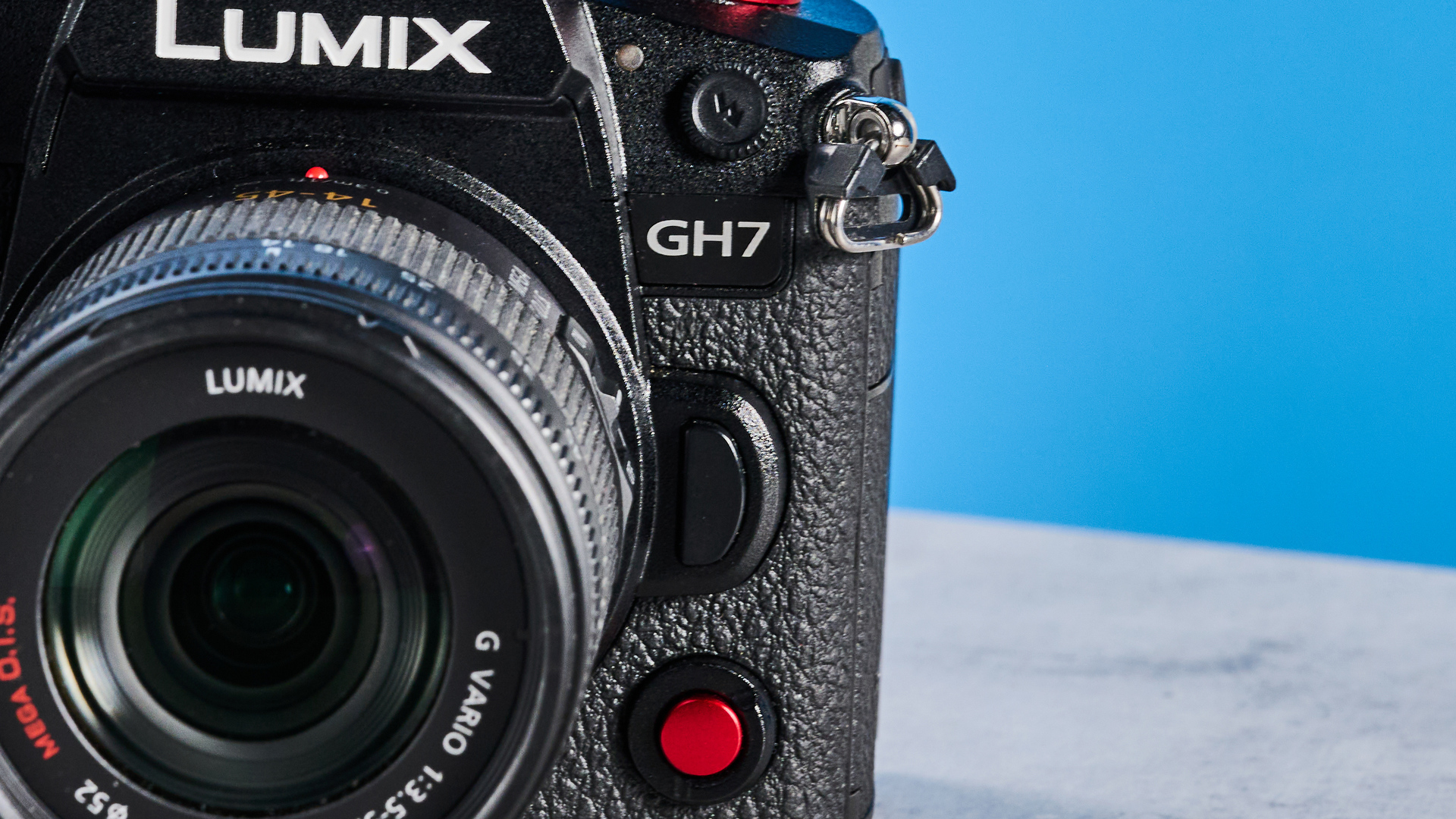
Most of the dials and buttons are what you’d find on other cameras of its calibre. The joystick used to switch focus is comfortable to use and placed well enough that you can reach for it with your thumb while looking through the viewfinder.
Alongside the standard record button next to the command dial on the top plate, there’s an extra record button on the camera’s front-left. — a design choice I really appreciate and I’m certain other content creators and videographers will too.
Panasonic Lumix GH7 review: Autofocus
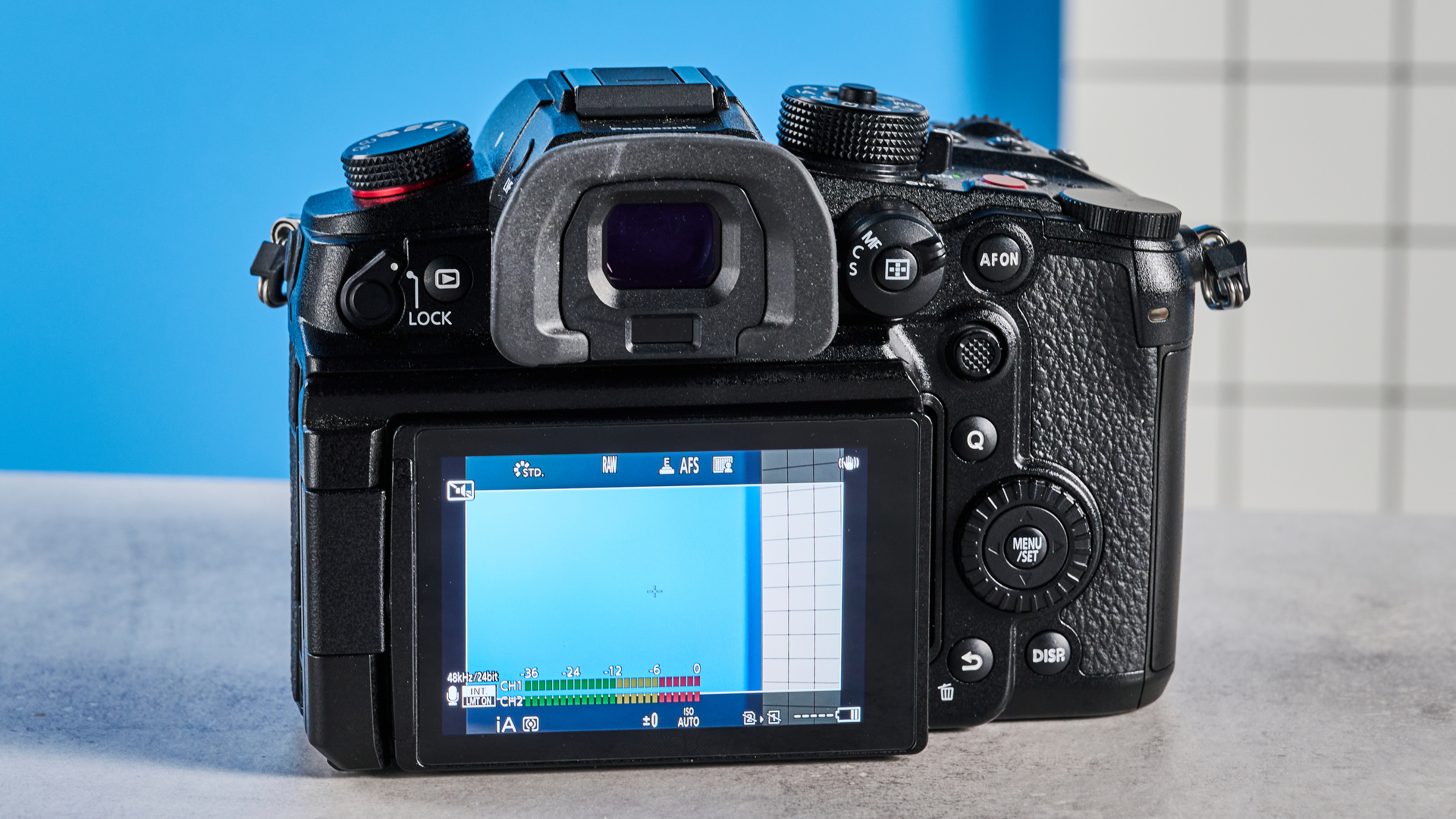
While the Panasonic Lumix GH6 uses only Contrast Detection AF, the Panasonic Lumix GH7 introduces Phase Detection AF and uses an Intelligent Hybrid AF system. Compared to the Lumix GH6’s 315 points, the Lumix GH7 boasts 779 points, similar to the Lumix S5II X and 20 more than the Sony A1 II ($6,499).
The camera can track humans, animals, cars, motorcycles, trains and airplanes, and Auto subject detection can be turned on but is toggled off by default. I was not disappointed by the Lumix GH7’s autofocus performance. It quickly locked onto every subject I pointed at — whether that was a swan swimming, a pigeon in flight, or a human walking or standing still.
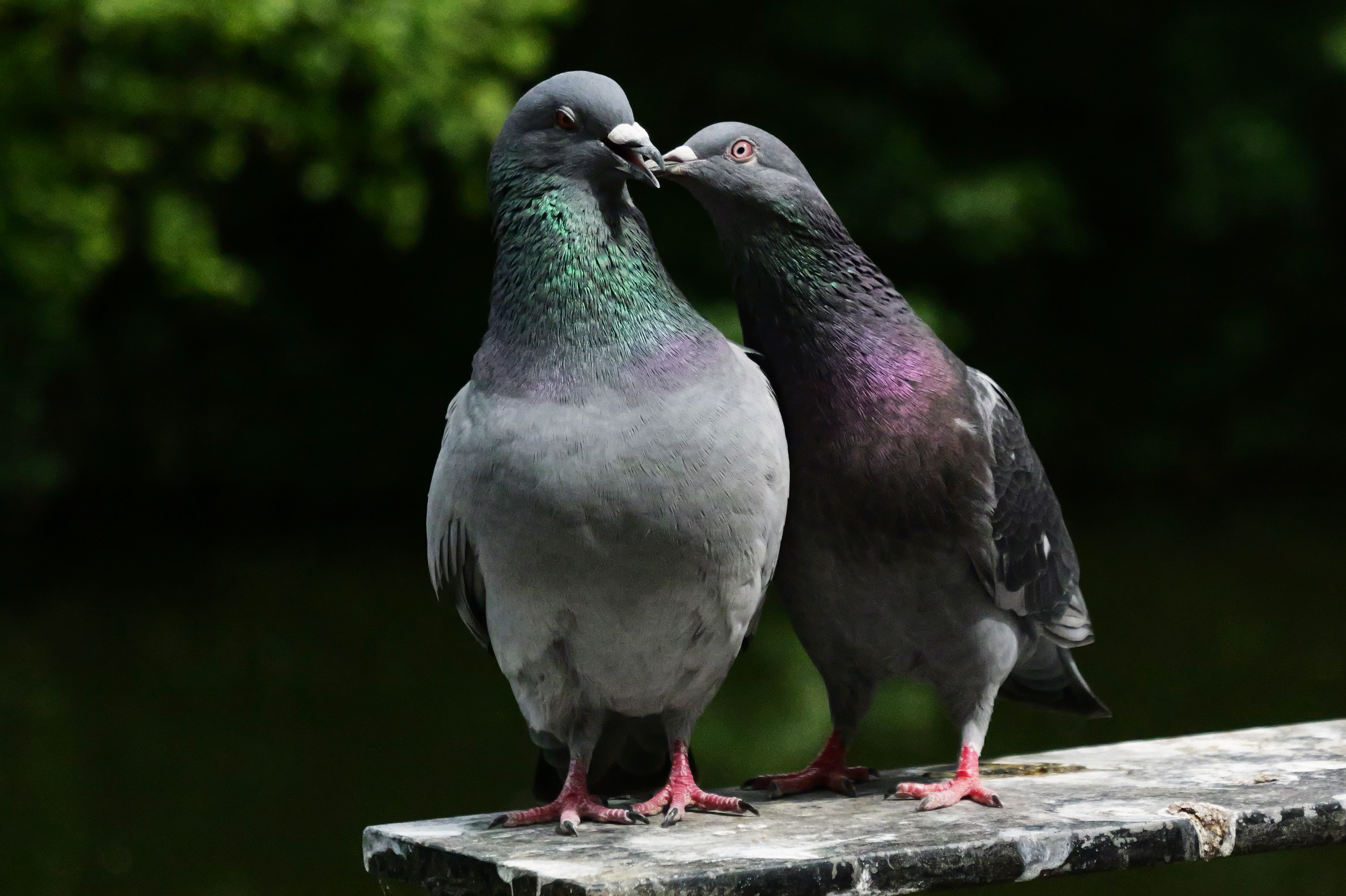

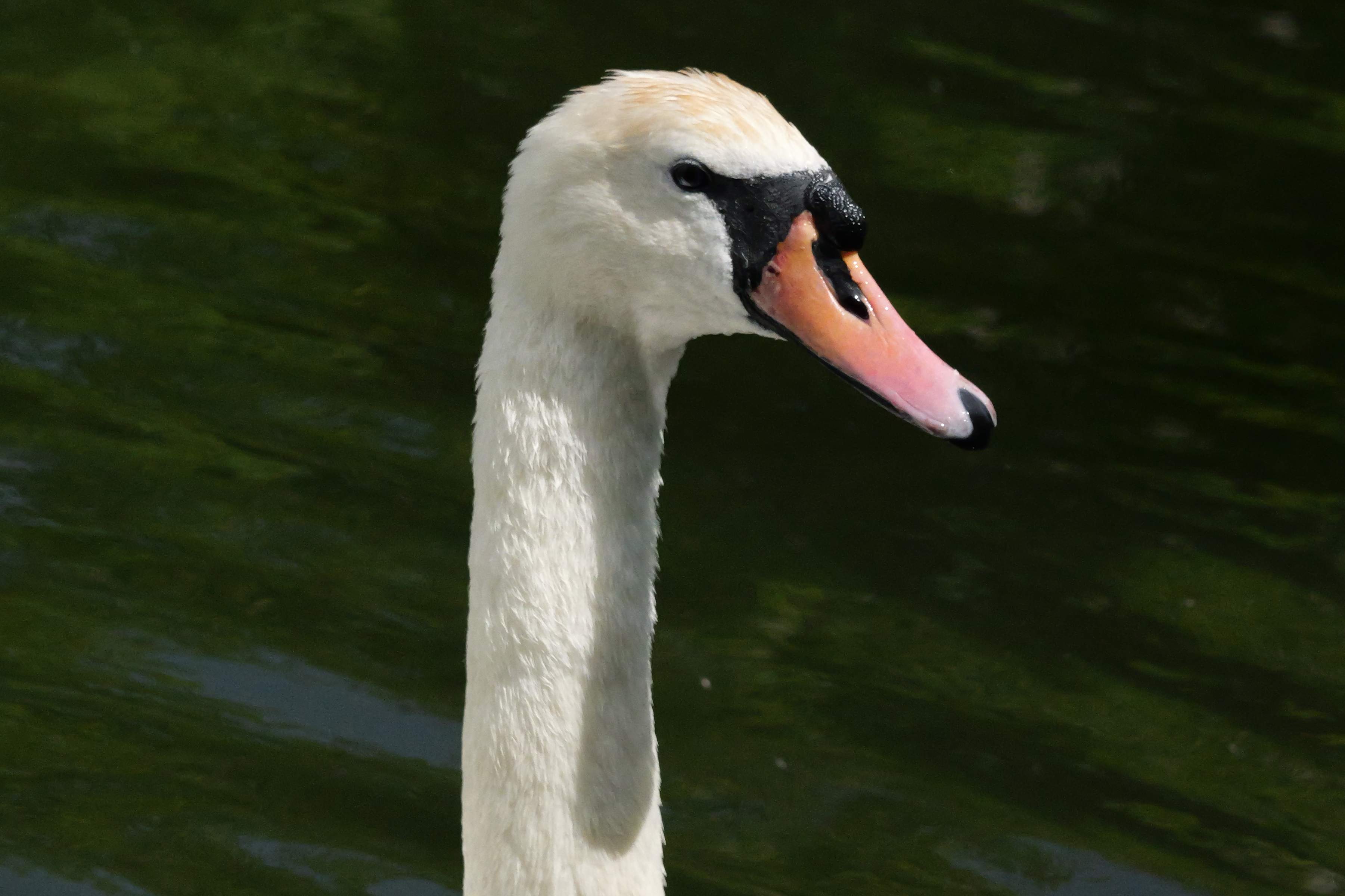
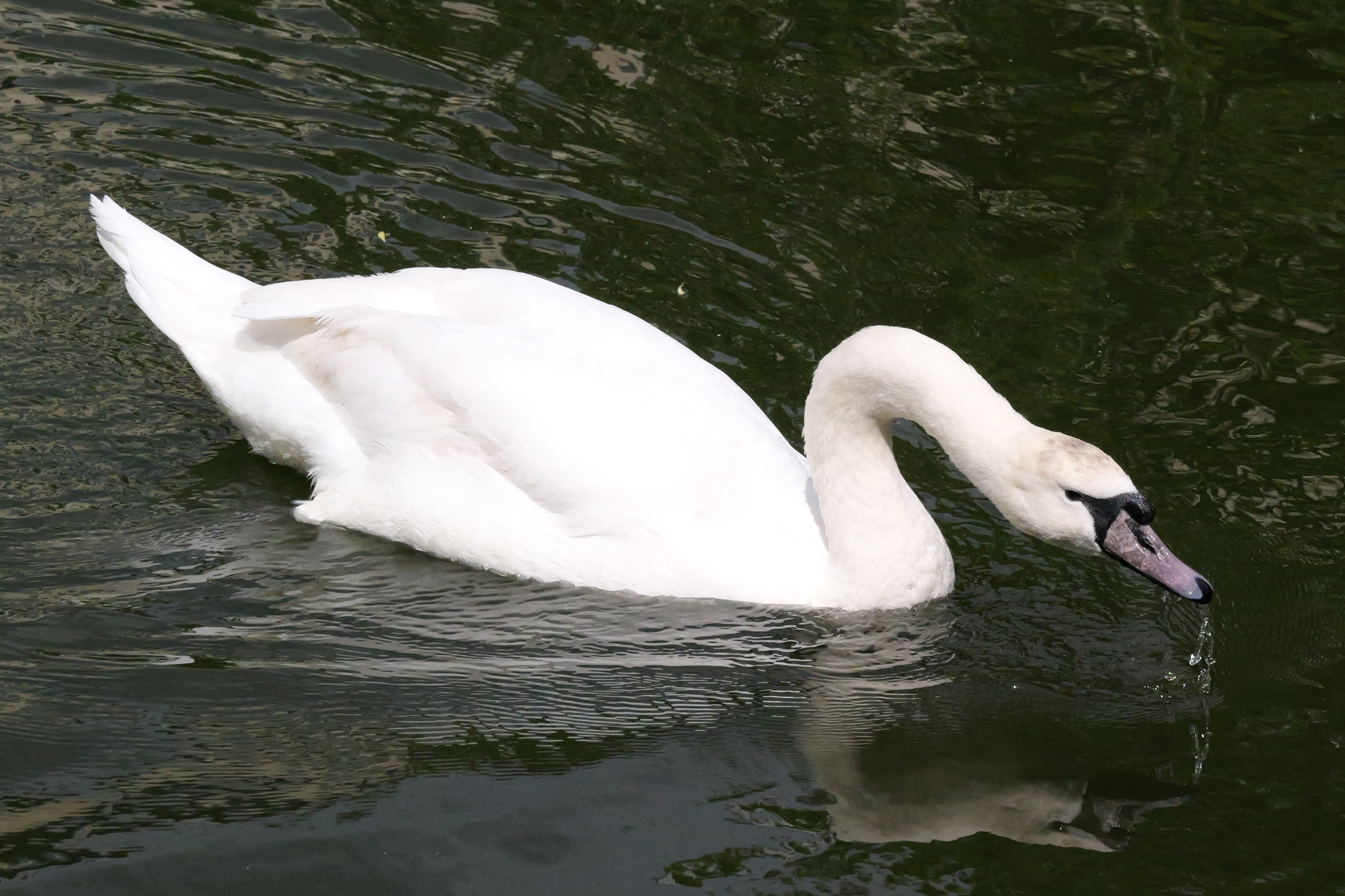
Eye detection works well too, and you can choose whether you want the camera to lock onto the person’s/animals’s face or body.
Autofocus in video works just as well too, as the Lumix GH7 accurately keeps locked onto the subject you’ve selected. In the video above, it quickly focused on my face as I entered the frame every time.
In the video above, the camera reliably tracked the duck as it jumped into the water, and put the flock of swans in focus too as I panned across the scene. The Lumix GH7 is fantastic for capturing unpredictable or skittish subjects like animals and birds.
Panasonic Lumix GH7 review: Stabilization
The Panasonic Lumix GH7 inherits its predecessor’s 5-axis in-body image stabilization (IBIS) and it can achieve up to 7.5 stops, which is fantastic for handheld and low-light shooting, and when you need to deploy slow shutter speeds. With compatible lenses, Dual I.S. 2 can be enabled as well to enhance stabilization.
Image stabilization
I was able to shoot at shutter speeds as slow as 4s, as you can see in the photo above. The 12-60mm lens I was using has built-in optical image stabilization, and the photo above was taken with it enabled.
With OIS disabled, shooting at very slow shutter speeds becomes challenging. The same photo (above) taken at 4s with OIS disabled has been ruined by camera shake — so you should be able to shoot down to 3s without an OIS-enabled lens too.
With the Canon EOS R5 Mark II ($4,299), I’ve been able to shoot at 4s before camera shake has become apparent, so this is fantastic performance from the Lumix GH7.
Video stabilization
In conjunction with the lens’ OIS, the Lumix GH7’s stabilization works extremely well in video too, making panning and sudden movements smoother and much easier and negating the need for a separate gimbal.
You can see what footage looks like when stabilization is enabled versus when it’s disabled in the compilation above. The first clip is smooth and without any shakes while the second is the exact opposite.
Panasonic Lumix GH7 review: Video performance
Videography is where the Panasonic Lumix GH7 is an absolute beast, with a plethora of shooting modes, frame rates, resolutions and recording options, ultimately providing creators with lots of flexibility.
The camera can capture 5.8K/30P or 5.7K/60P 10-bit 4:2:0 MOV video in the 4:3 ratio, Cinema 4K/120P 4:2:0 at a crop and FHD/240P 4:2:2 slow motion footage. All footage can be shot in 10-bit color gamut, which means the Lumix GH7 is capable of capturing 1.07 billion individual hues.
Compression-wise, LongGOP is available when shooting 5.8K, 5.7K and 4.4K video; and LongGOP and ALL-Intra when shooting C4K and FHD video. This gives shooters the flexibility to choose compression based on their workflow or post-production requirements.
You can see a quick video of what 4K/60P footage looks like above. Colors have come out great, the camera’s movements are smooth, and all the subjects are in focus. The sounds are clear and crisp too.
The Lumix GH7 can capture 5.7K/30P Apple ProRes RAW with a staggering 4.2Gbps bitrate. You can also record via USB to SSD, live stream to YouTube and other platforms via Wi-Fi and USB-C
If you buy the optional XLR2 mic adapter, the Lumix GH7 will be able to record in 32-bit float audio for wide audio dynamic range capture, giving greater potential for rescuing audio in post, and essentially meaning you don’t need to worry about audio levels. It’s also worth investing in one of the best microphones capable of 32-bit capture.
The one thing missing from the Panasonic Lumix GH6 was Apple ProRes RAW support, which Panasonic has added to the Lumix GH7. The Lumix GH7 can capture 5.7K/30P Apple ProRes RAW with a staggering 4.2Gbps bitrate. You can also record via USB to SSD, live stream to YouTube and other platforms via Wi-Fi and USB-C — but you can’t use the Lumix GH7 as a webcam.
There’s also the option to shoot in V-Log, where the camera captures up to 13+ stops of dynamic range when sensor output is 60fps or less, and up to 12+ stops when it’s 61fps or higher. You can see how the unedited footage looks in the video above. Having V-Log at your disposal means you have more freedom in post-production and color grading. As with stills, there are several LUTs available for color grading footage in-camera too.
Unlike the Lumix S5IIX which can only shoot slow motion footage in FHD/120P, the Lumix GH7 takes lovely slow motion video in 4K/120fps. It takes the fight to the likes of the Sony a6700 (which also shoots 4K/120fps) and even one-ups the camera by offering FHD/240fps slow-mo recording. You can also choose whether you want audio to be recorded in slow motion, as you can see and hear in the clip above (shot in 4K/120fps).
Panasonic Lumix GH7 review: Image quality
While the Panasonic Lumix GH7 is a video centric camera, it takes fantastic stills with its 25.2MP BSI CMOS sensor. That’s enough resolution for moderate cropping as it captures plenty of detail. The Lumix GH7 offers a plethora of color profiles, known as My Photo Style, including Vivid, Leica Monochrome, etc. so there are plenty to experiment with.
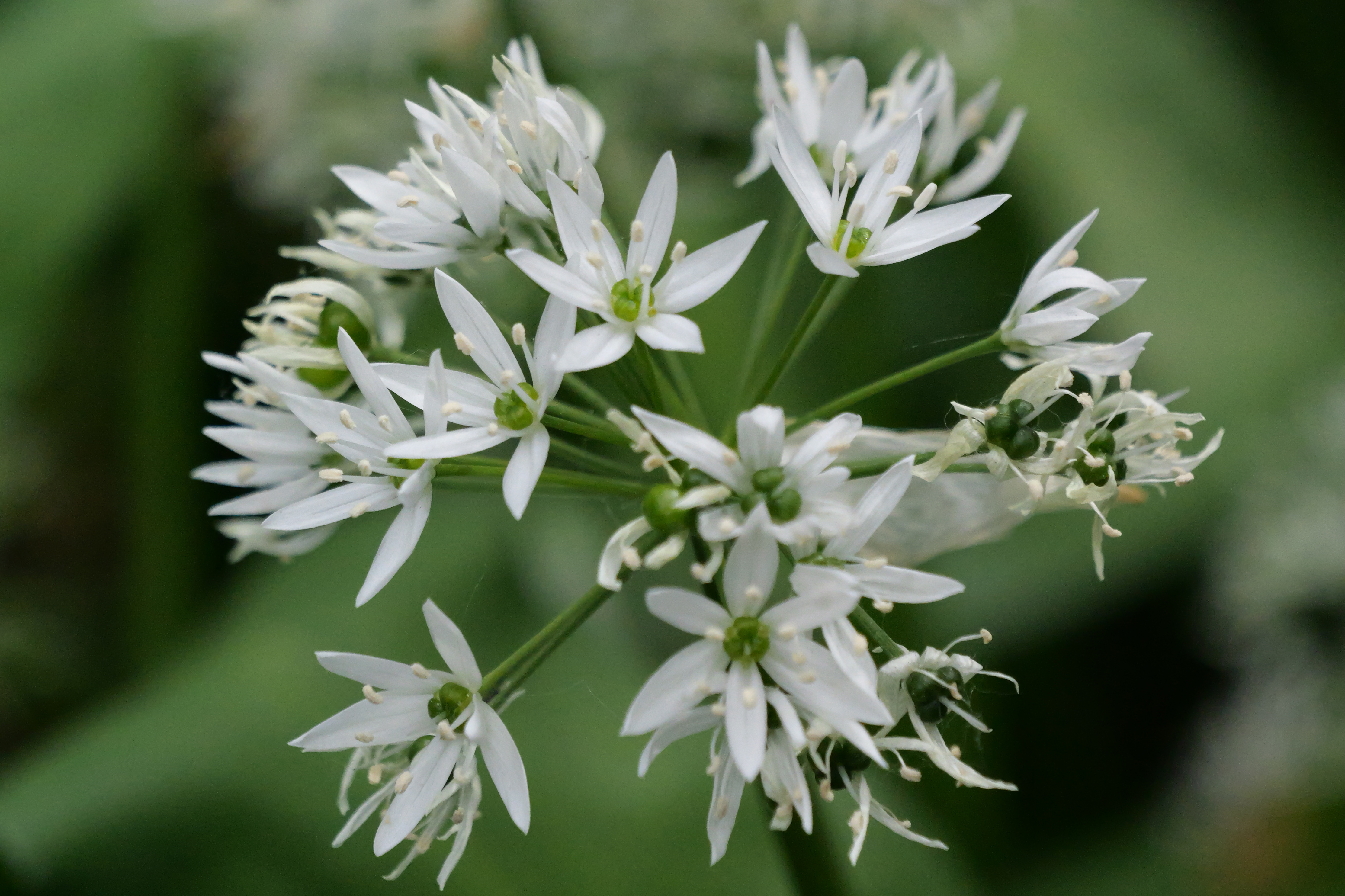

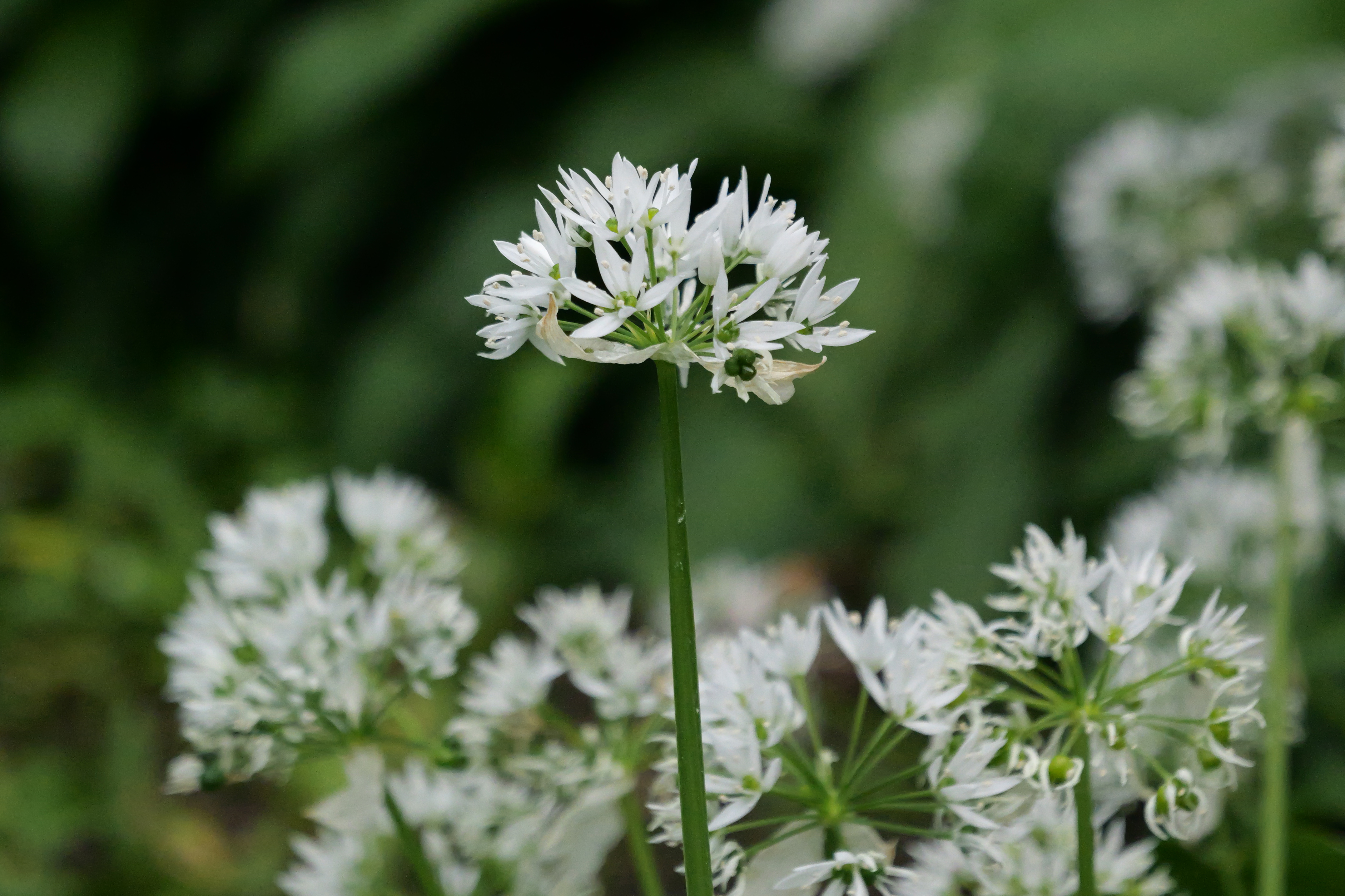
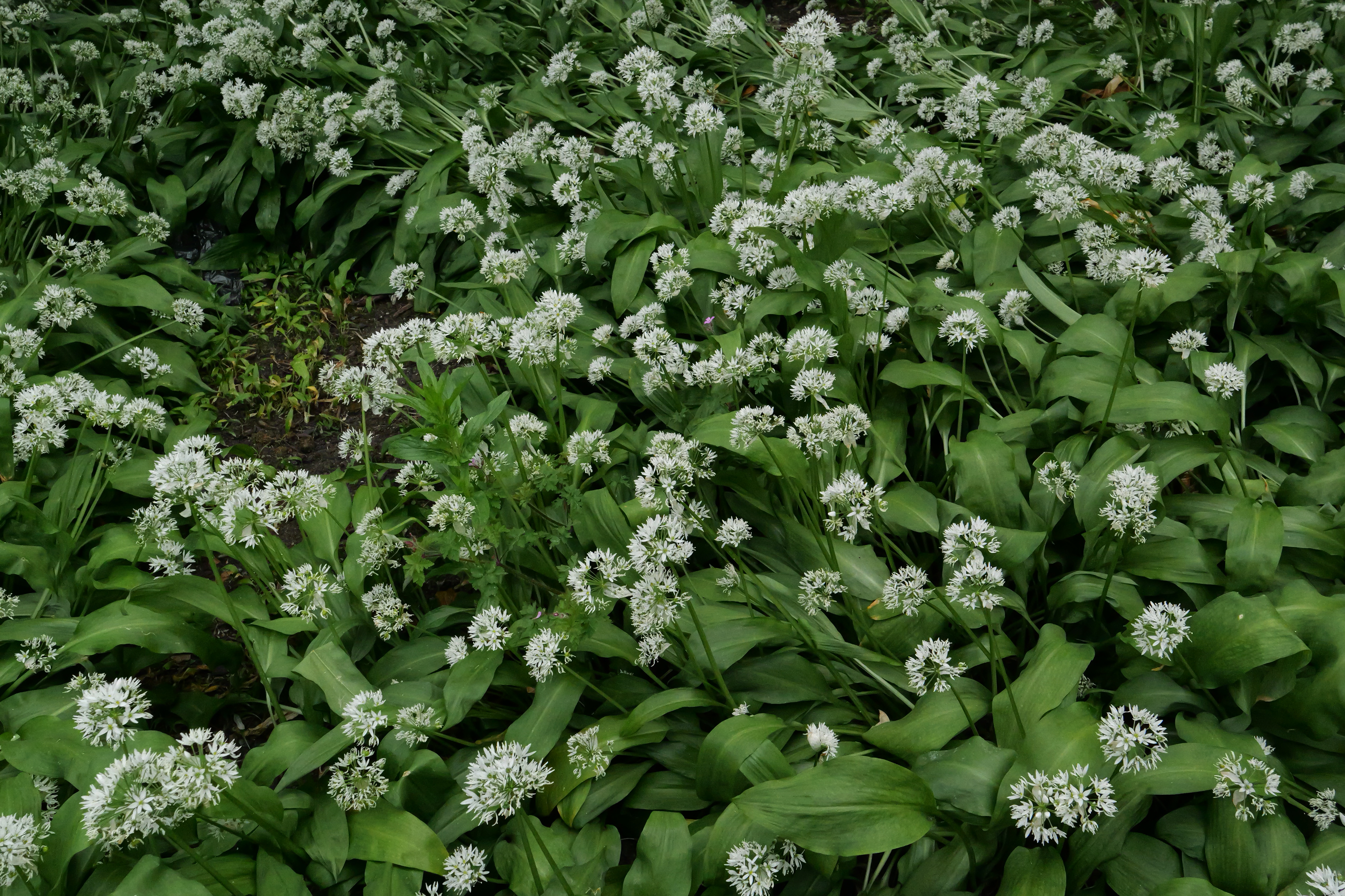
The photos above were shot in the Standard color profile and colors look beautiful and true to life in all four images. They’re also bursting with detail in both light and dark areas. You also get Panasonic’s Real-Time LUT system which allows you to instantly apply LUTs to a photo or video as it’s captured, in turn providing a post-production look straight out of the camera.
Burst shooting

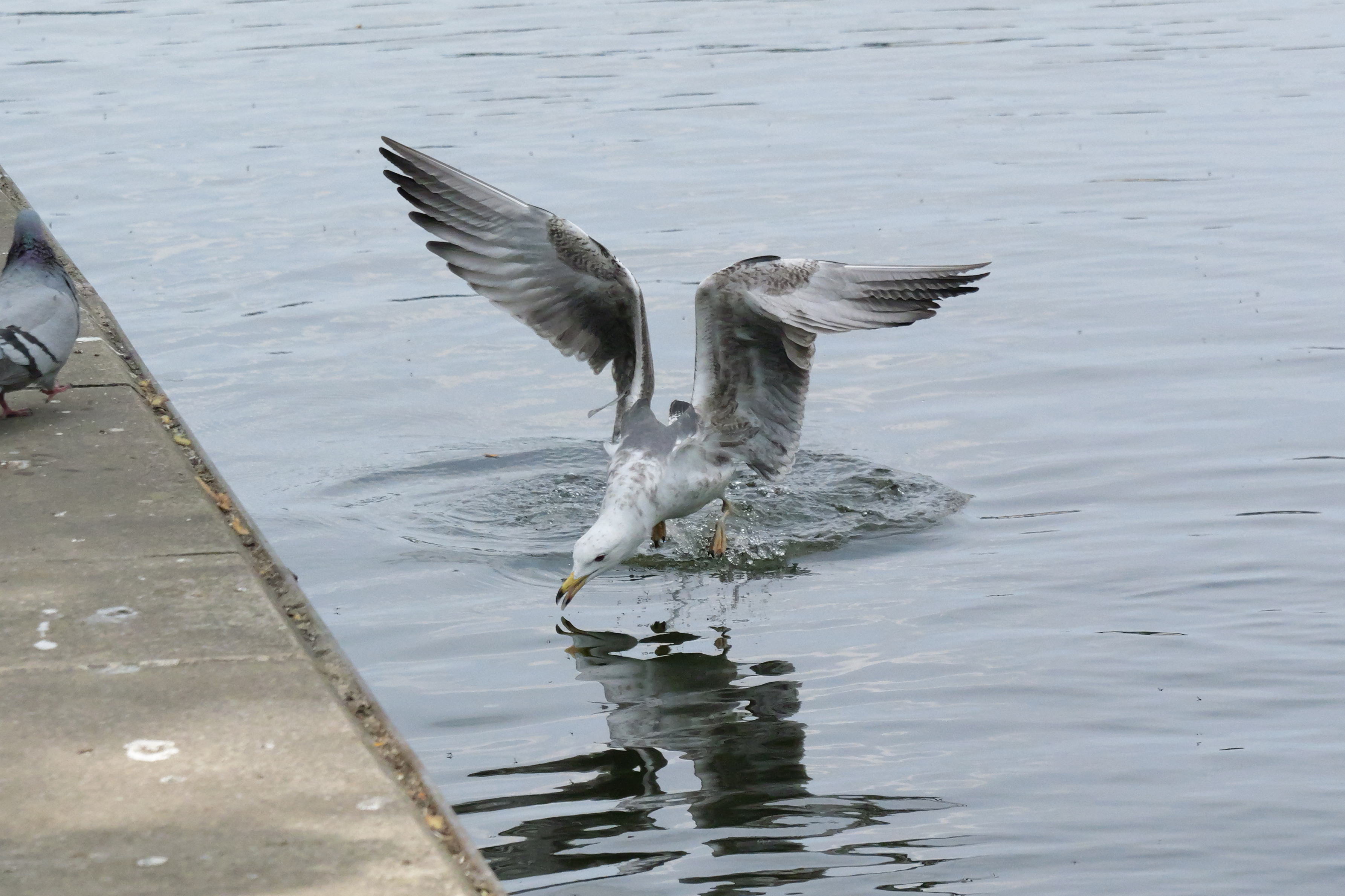
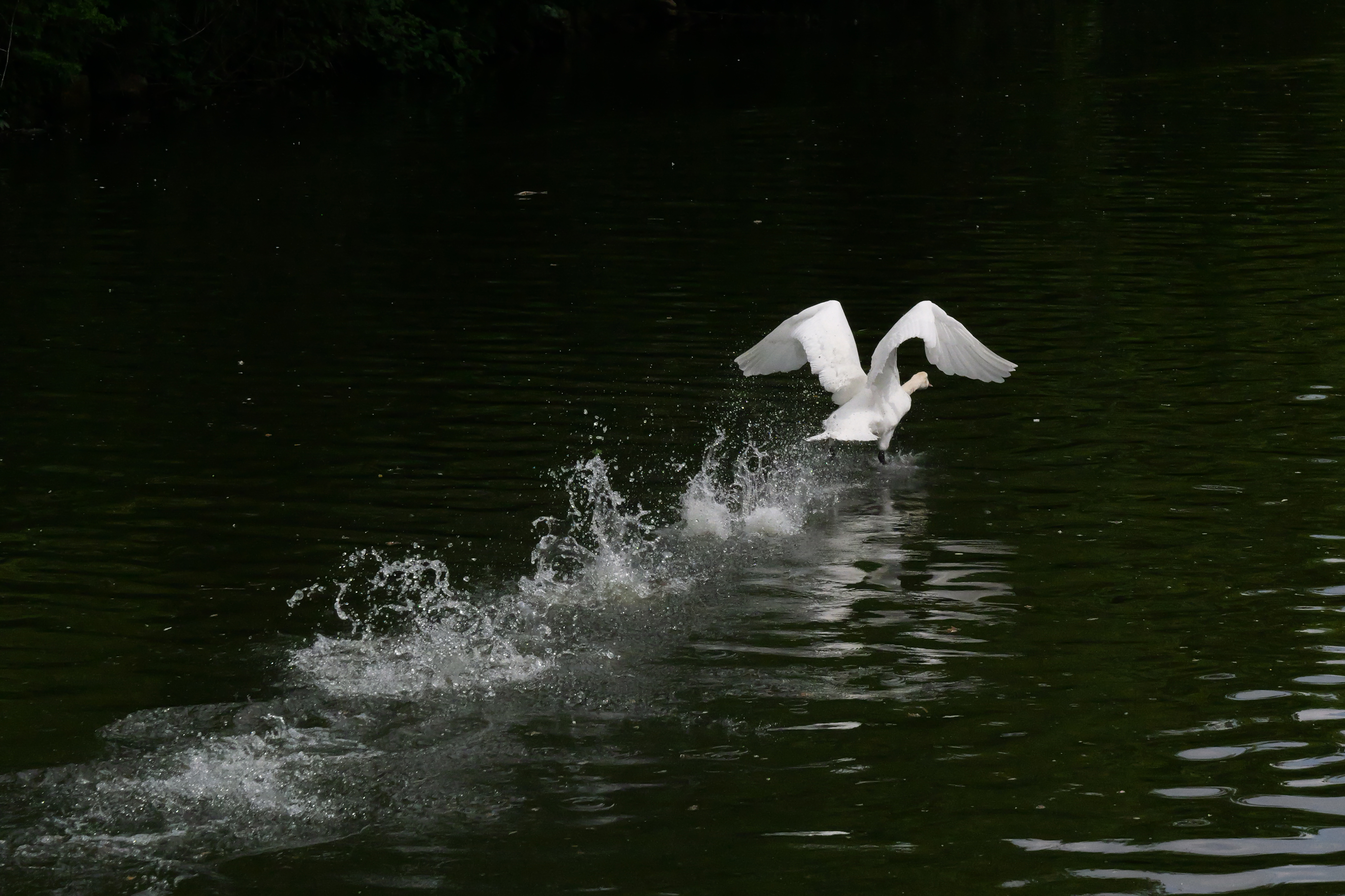
The Lumix GH7 is a great camera for high-speed photography too, thanks to not just CFExpress support, but also to the 75fps electronic shutter (single AF, 60fps in continuous AF) and fast shutter speeds of 1/32,000s. A pre-capture feature is available too which captures up to 1.5 seconds before you fully press the shutter button.
The photos in the gallery above were taken at 1/10,000s and ISO 3200. I adjusted the shutter speed, ISO and aperture manually and subject detection set to Animals. The camera quickly locked onto the seagulls’ eyes and swan’s body, enabling me to capture the action shots.
ISO performance
The Lumix GH7 has an ISO range of 50-25,600. Because the Lumix GH7 has a smaller sensor than full frame or APS-C camera’s, noise is more apparent at high ISO levels, as my ISO testing showed too. We’ve also seen this with the Lumix G9II and other M43 cameras, so this isn’t unusual.
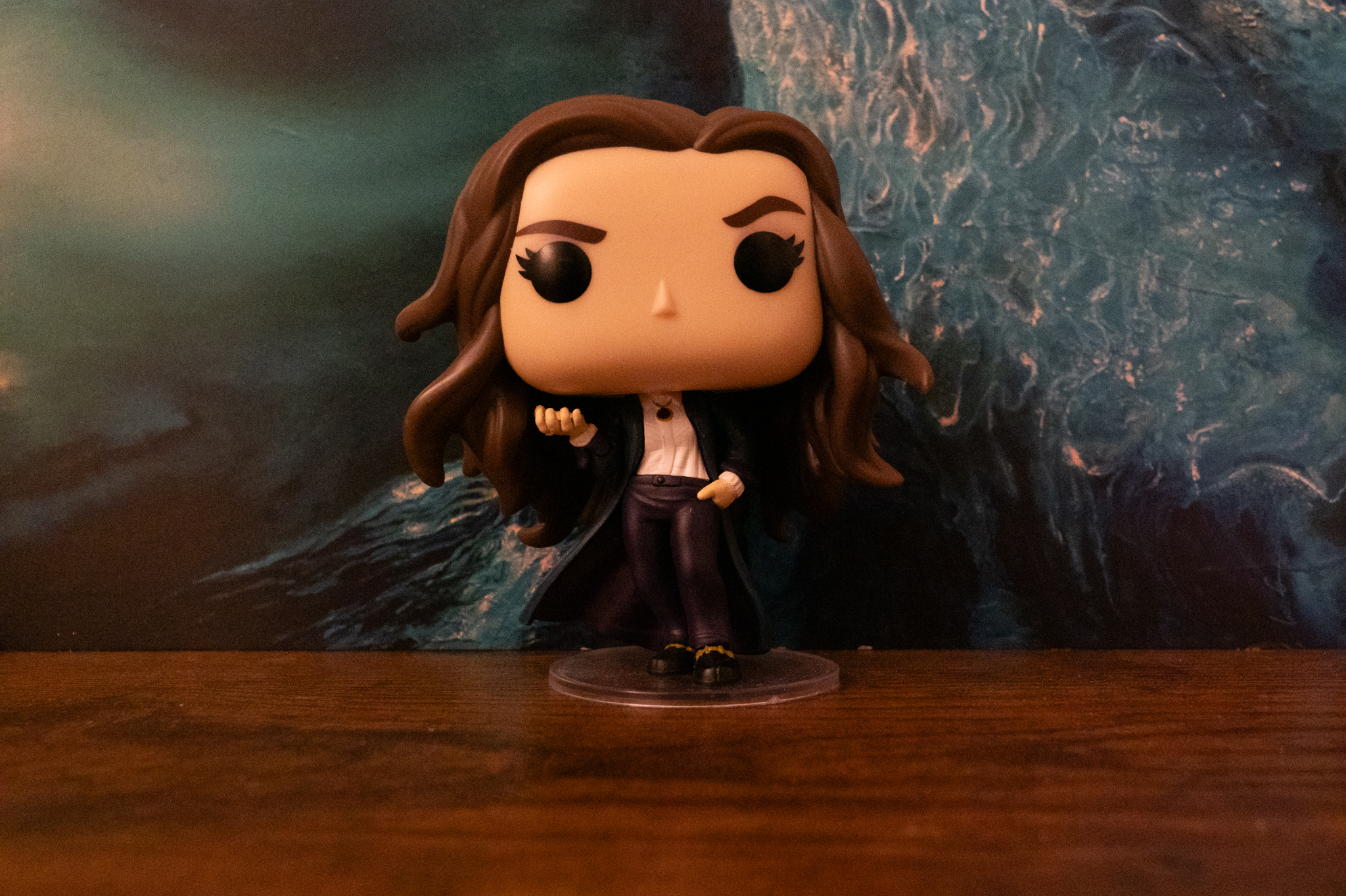
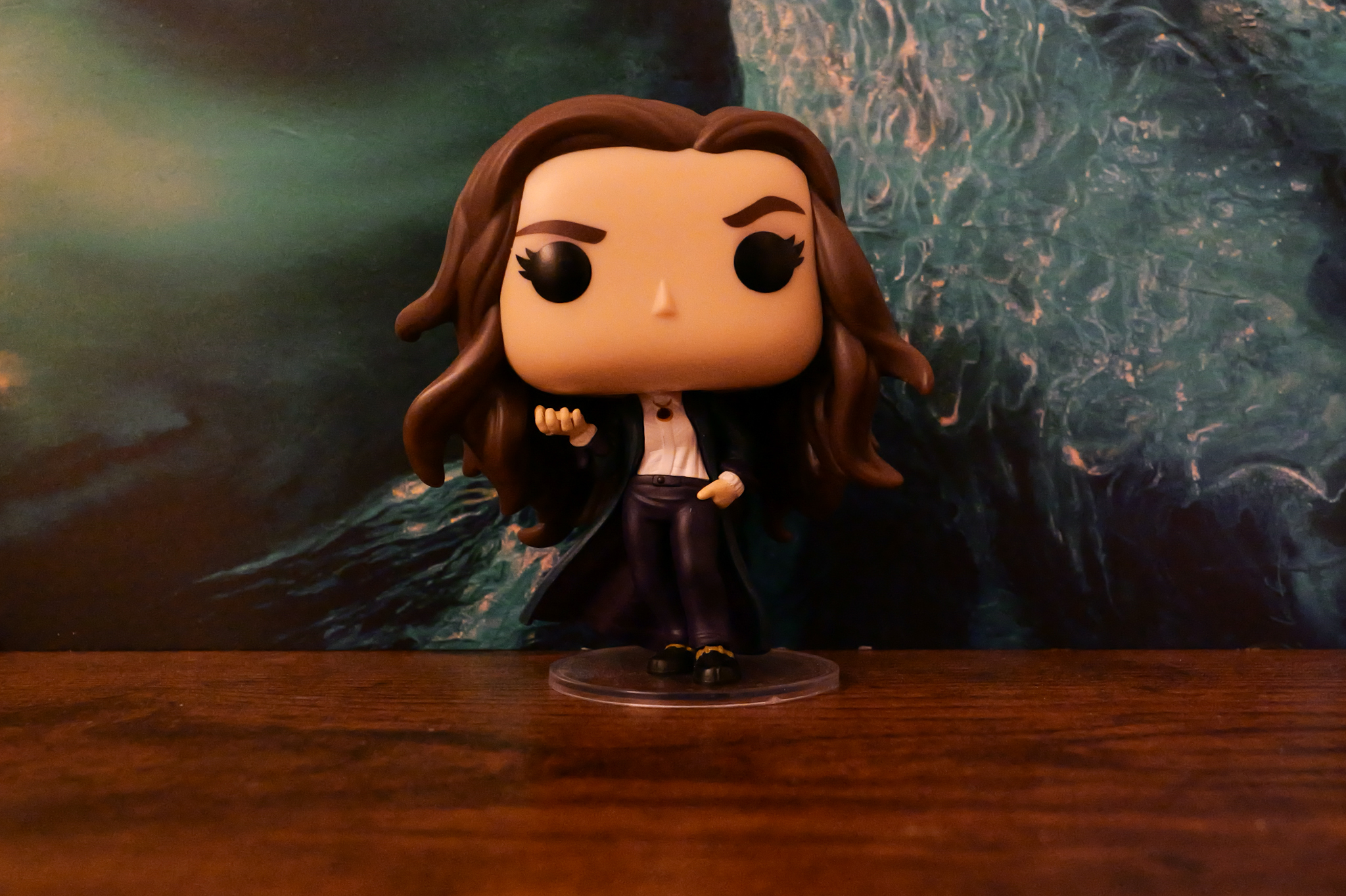
The photos above were shot at ISO 6400 — the first image is a JPEG export of the RAW file, while the second is the straight-out-of-camera (SOOC) JPEG. The camera does a good job of reducing noise, resulting in a usable image, as you’d expect at such a standard sensitivity.
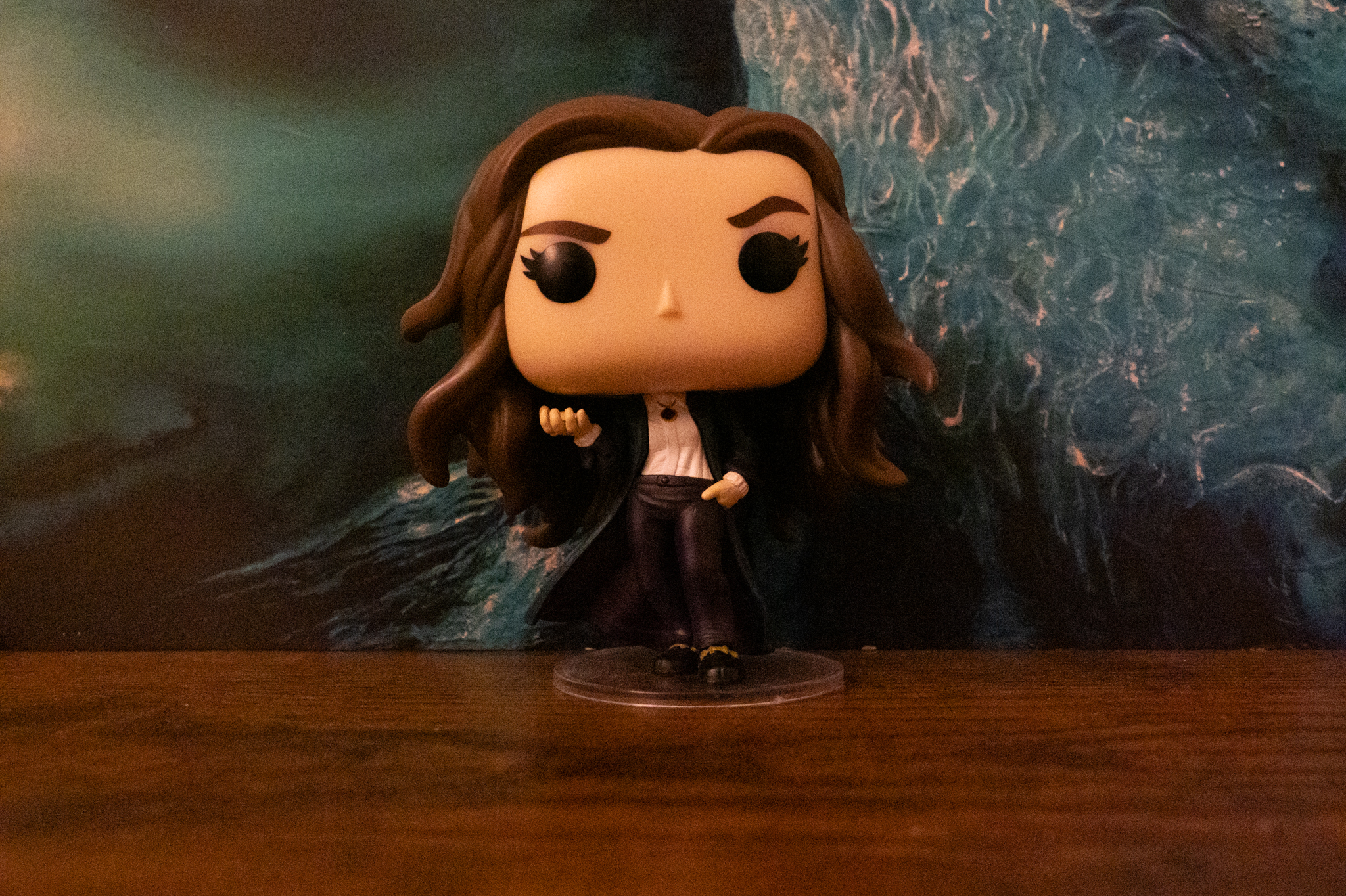
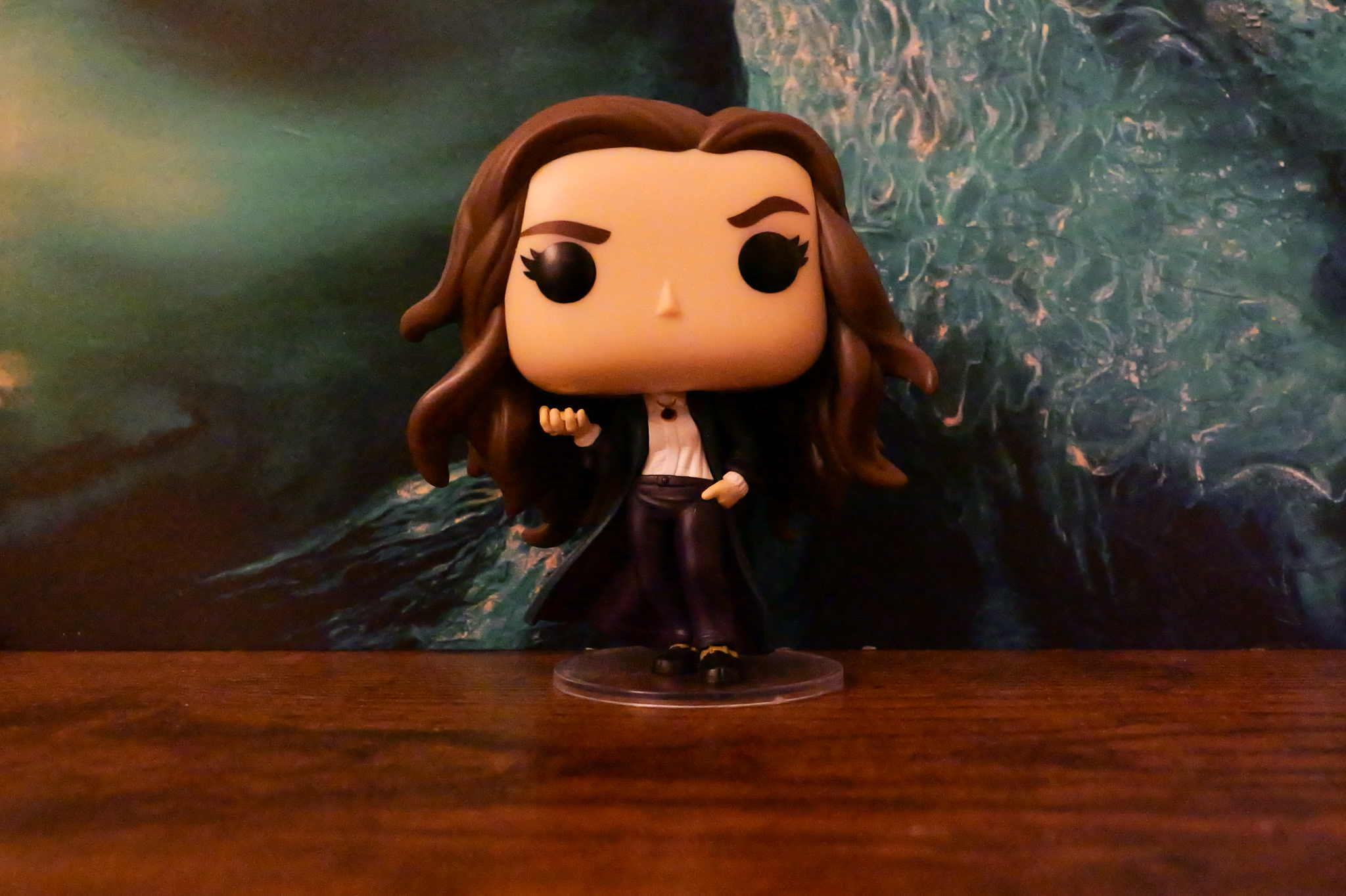
At ISO 12,800, though, there is some loss in sharpness. The first photo above, the JPEG export of the RAW file, has some significant noise in the table area and art print in the background. The SOOC JPEG is usable but the bobblehead’s chin appears softer and finer detail in the art print has been lost.
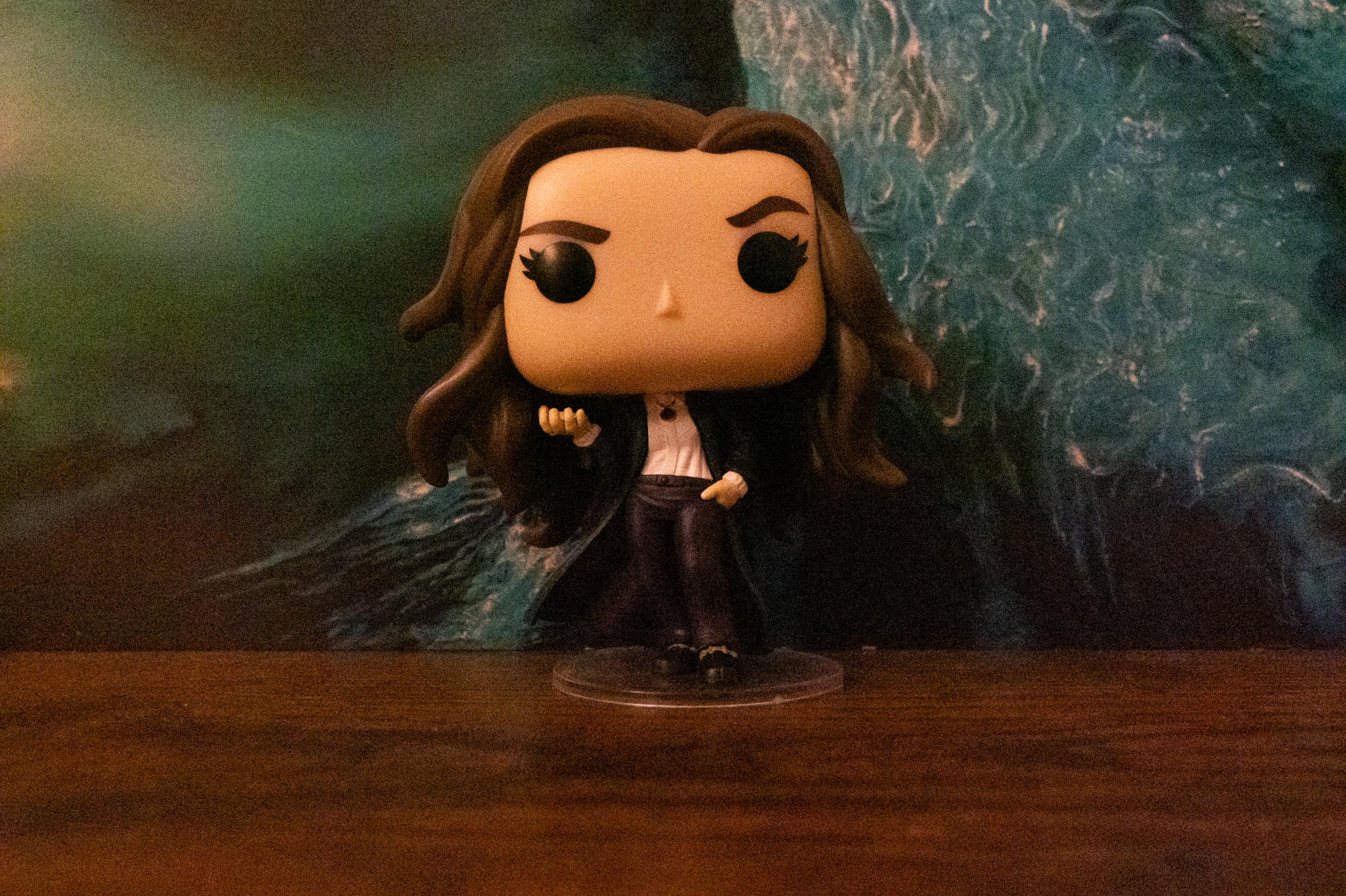

At ISO 25,600, noise becomes a serious issue. Not only is the RAW file (first shot) extremely grainy, but the wavy lines in the art print have turned hazy in the SOOC JPEG, and the bobblehead appears less defined. We’ve seen better performance from the Lumix S5IIX even at such high sensitivity.
But we wouldn’t expect a sensor like this to perform well at such high ISO values. Getting to ISO 12,800 without utter ruin is great for a Micro Four Thirds sensor.
Panasonic Lumix GH7 review: Battery life
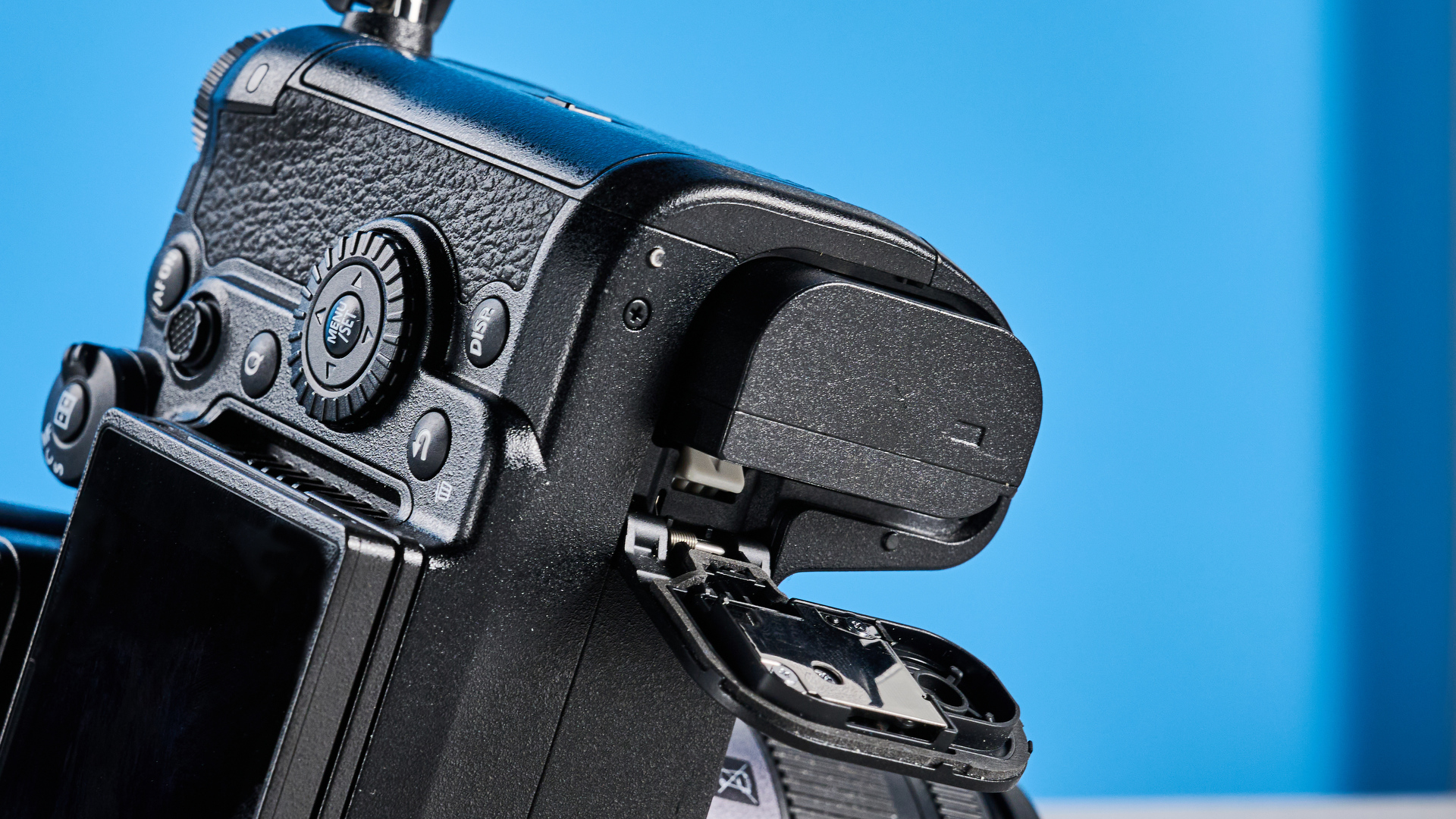
There’s no denying that the Panasonic Lumix GH7 is a powerhouse, but its battery life, unfortunately, lets it down. It uses the DMW-BLK22 battery pack also found in the Panasonic Lumix S5IIX and both are rated similarly. On the stills front, when using a CFExpress card, the Lumix GH7 is CIPA-rated for 330 shots or 750 shots in power saving mode. When using an SD card, this jumps to 330 shots or 850 shots, and drops to just 280 when using an external SSD.
As this is a video-first camera, it’s the Lumix GH7’s video battery life that holds more weight — and it’s still disappointing. Using a CFExpress or SD card for continuous 4K/60P shooting will yield 90 minutes of recording while using a USB-SSD will yield 80 minutes. In comparison, the Sony a6700 has a CIPA rating of 185 minutes when using the LCD monitor for continuous recording.
In my testing, I was able to record a continuous 4K/60P video for 84 minutes, just slightly under the CIPA rating. I was, however, impressed that there were no periods of overheating, thanks to the built-in fan (whose noise wasn’t very noticeable either).
Panasonic Lumix GH7 review: Verdict
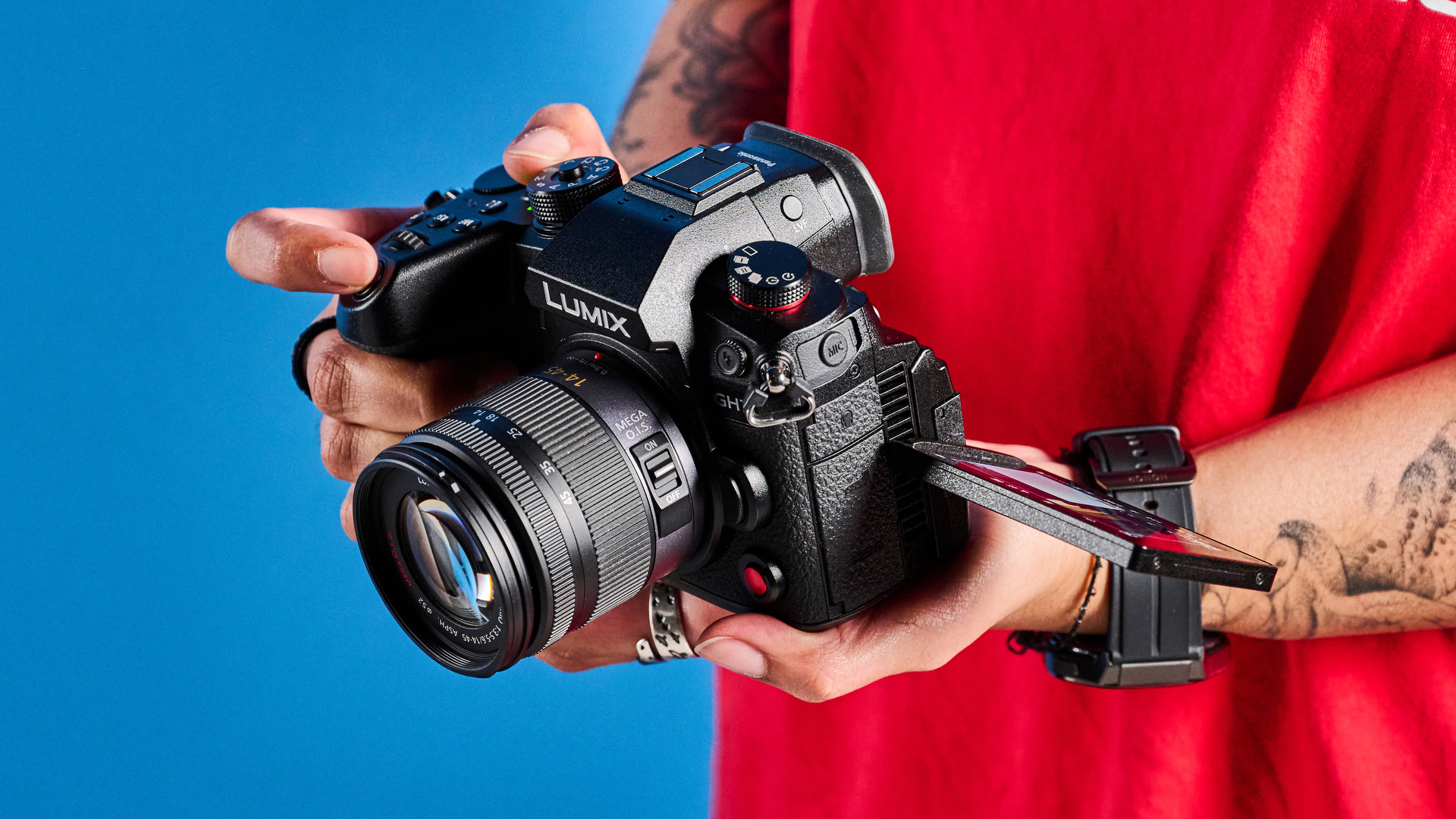
If you want a camera purely for video work and content creation, then the Panasonic Lumix GH7 definitely warrants a recommendation. It comes with a wide array of video resolutions, bitrates and compression formats for all kinds of users. 5.8K, 4K and FHD video looks gorgeous and smooth, thanks to the camera’s outstanding stabilization technology. You can use a CFExpress Type-B card with the camera too to ensure faster read and write rates.
The Lumix GH7 introduces a few upgrades over its predecessor too. You now get Apple ProRes RAW support, the ability to record FHD/240P slow motion video, and 32-bit float audio with an external adapter. Overheating while recording seems to be a thing of the past too.
But the Lumix GH7 is edged out by the Sony a6700 when it comes to battery life, which can be described as underwhelming at best. And as is the case with Micro Four Thirds cameras, noise becomes destructive at high ISO. That means this isn’t an ideal hybrid camera for stills and video, for which we’d recommend its bigger sibling, the full frame S5IIX.
Regardless, it’s still a superb camera with lots of potential. If you’re looking to upgrade from your old Lumix GH6, you won’t go wrong with the Lumix GH7.

Nikita is a Senior Writer on the Reviews team at Tom's Guide. She's a lifelong gaming and photography enthusiast, always on the lookout for the latest tech. Having worked as a Sub Editor and Writer for Canon EMEA, she has interviewed photographers from all over the world and working in different genres. When she’s not working, Nikita can usually be found sinking hours into RPGs on her PS5, flying a drone (she's a licensed drone pilot), at a concert, or watching F1. Her work has appeared in several publications including Motor Sport Magazine, NME, Marriott Bonvoy, The Independent, and Metro. You can follow her photography account on Instagram here.
You must confirm your public display name before commenting
Please logout and then login again, you will then be prompted to enter your display name.
